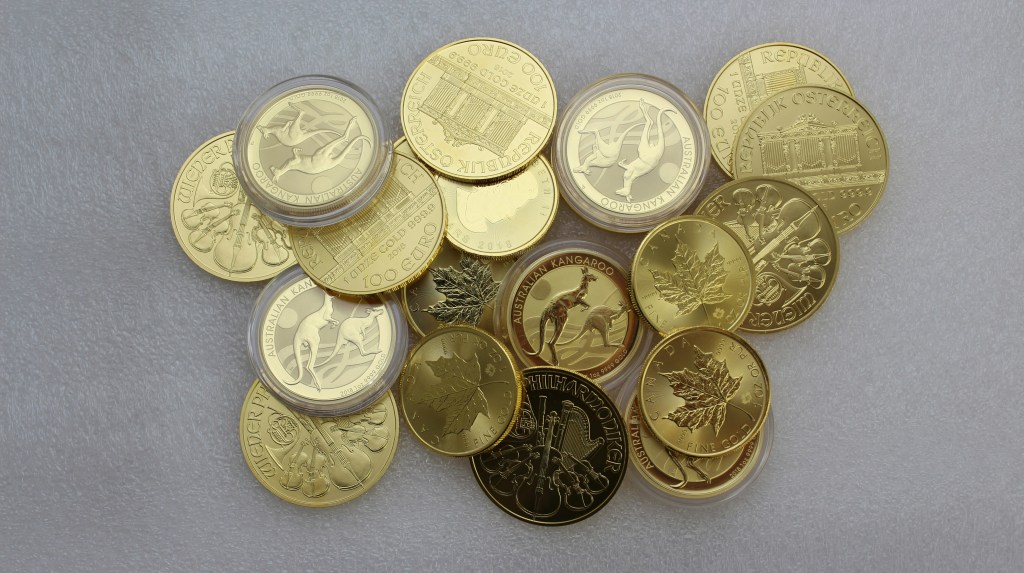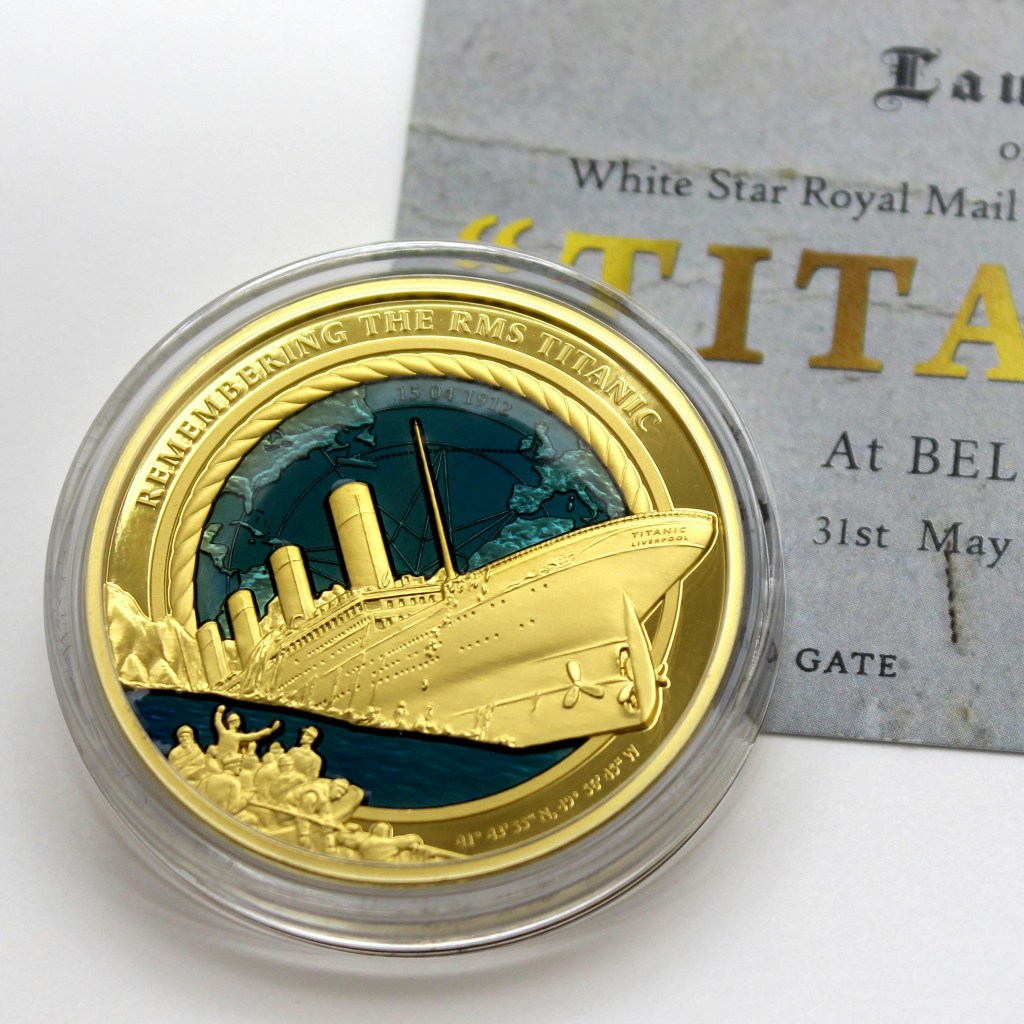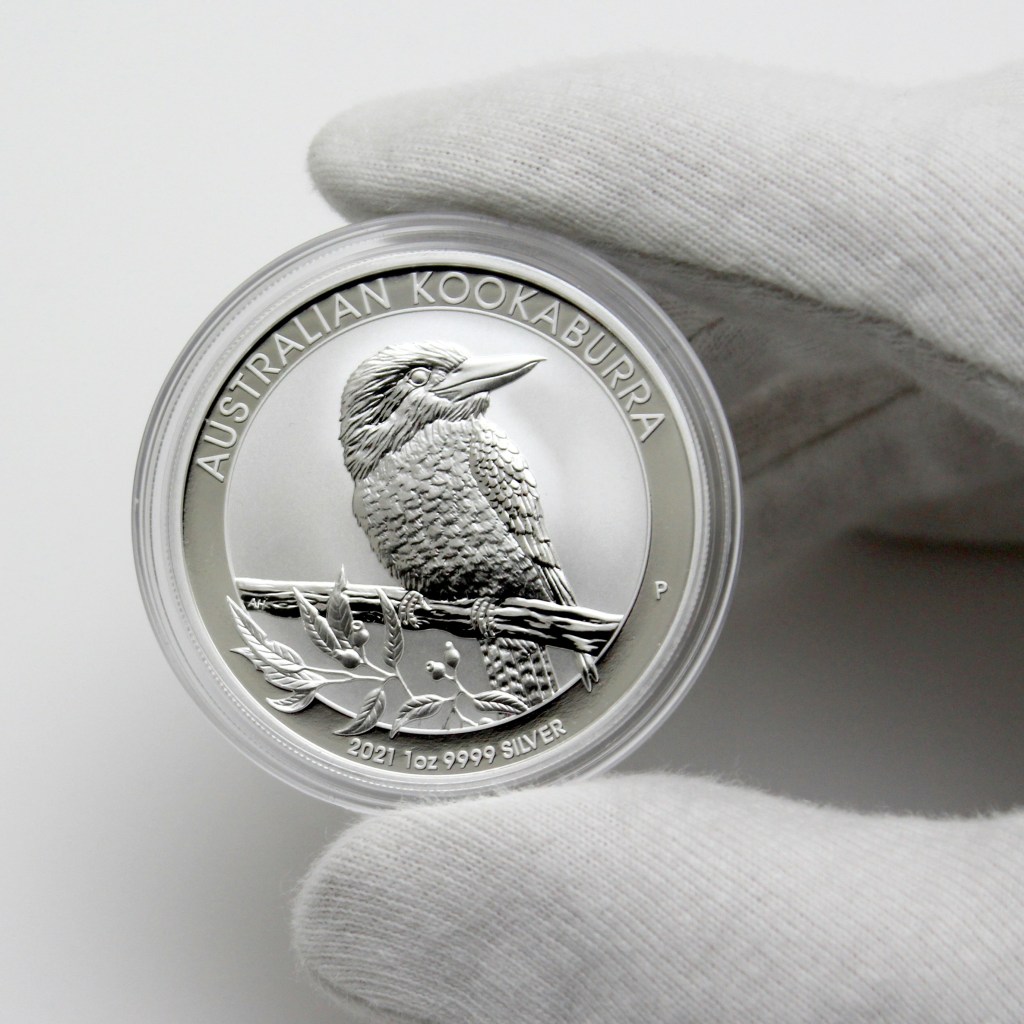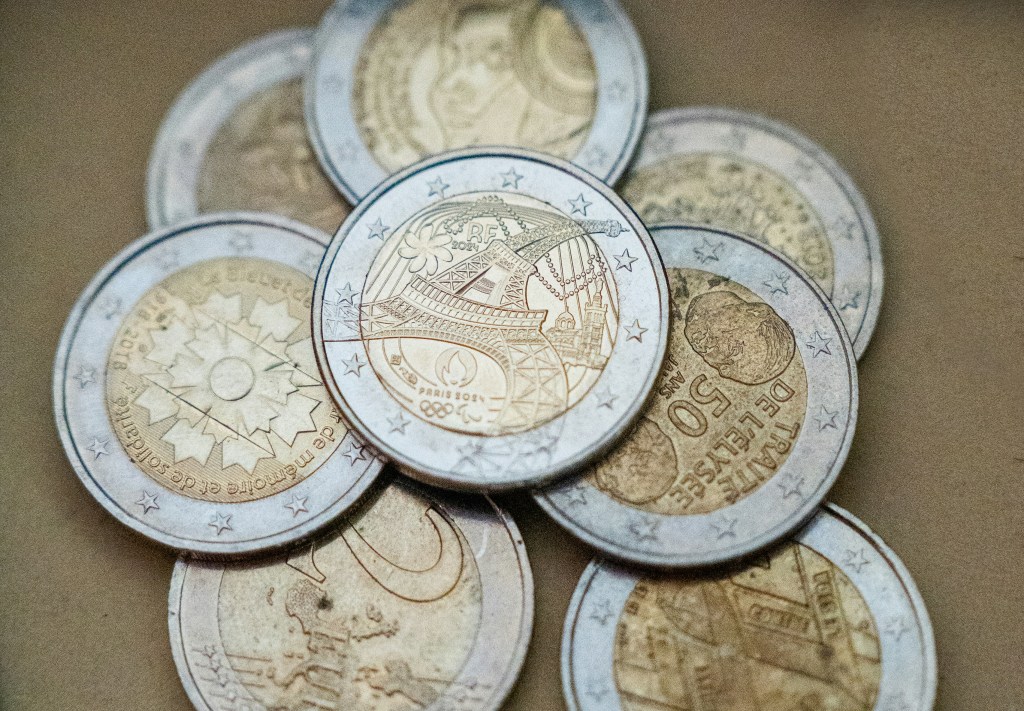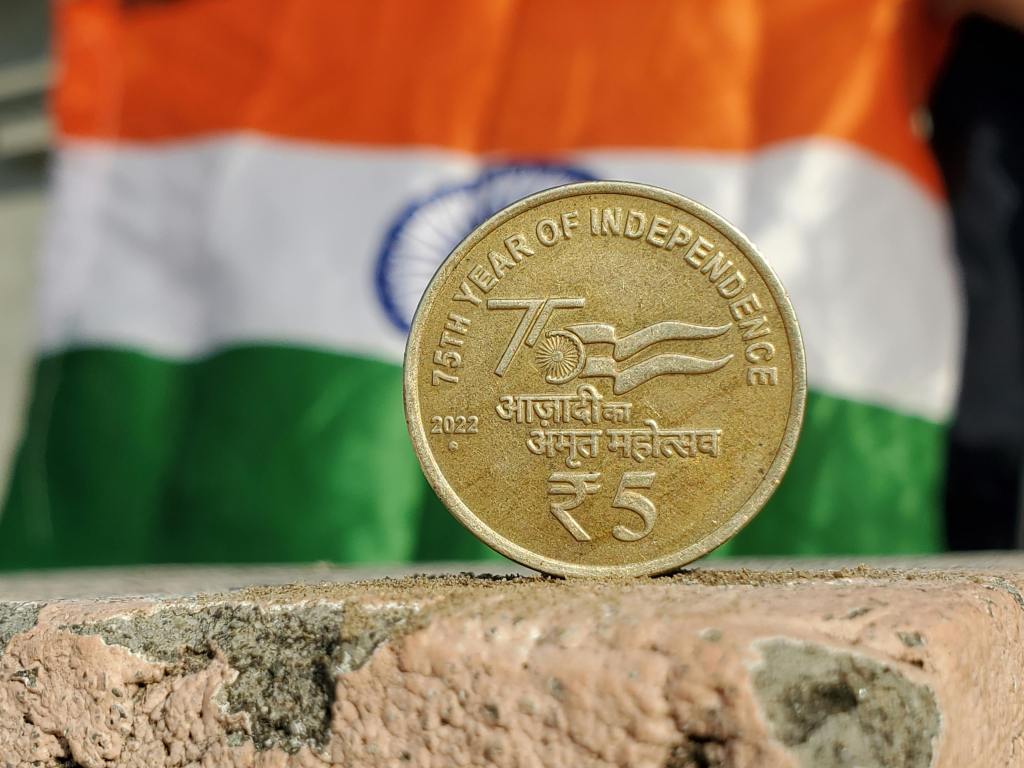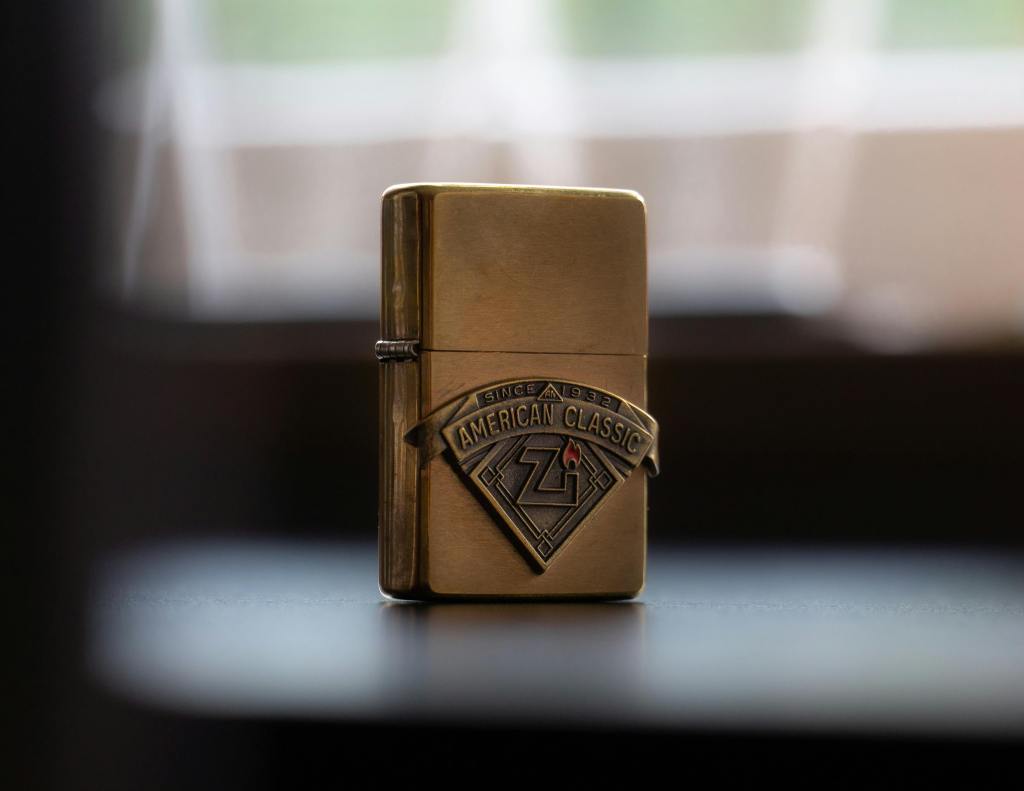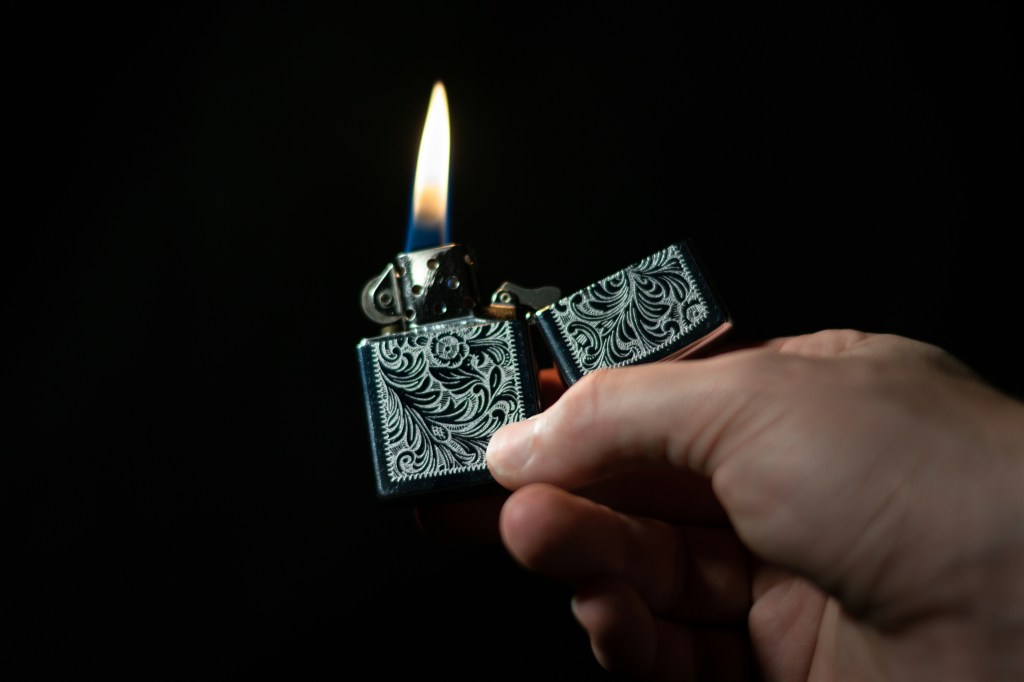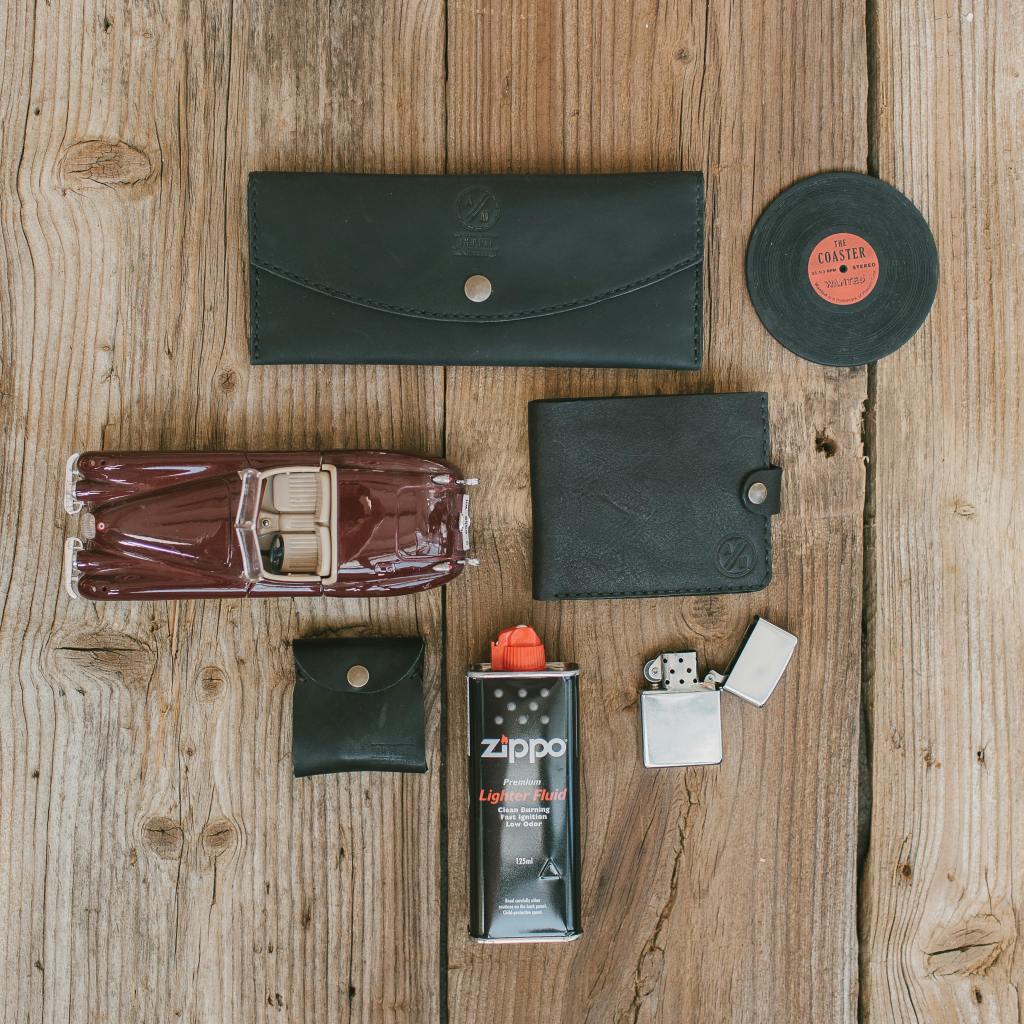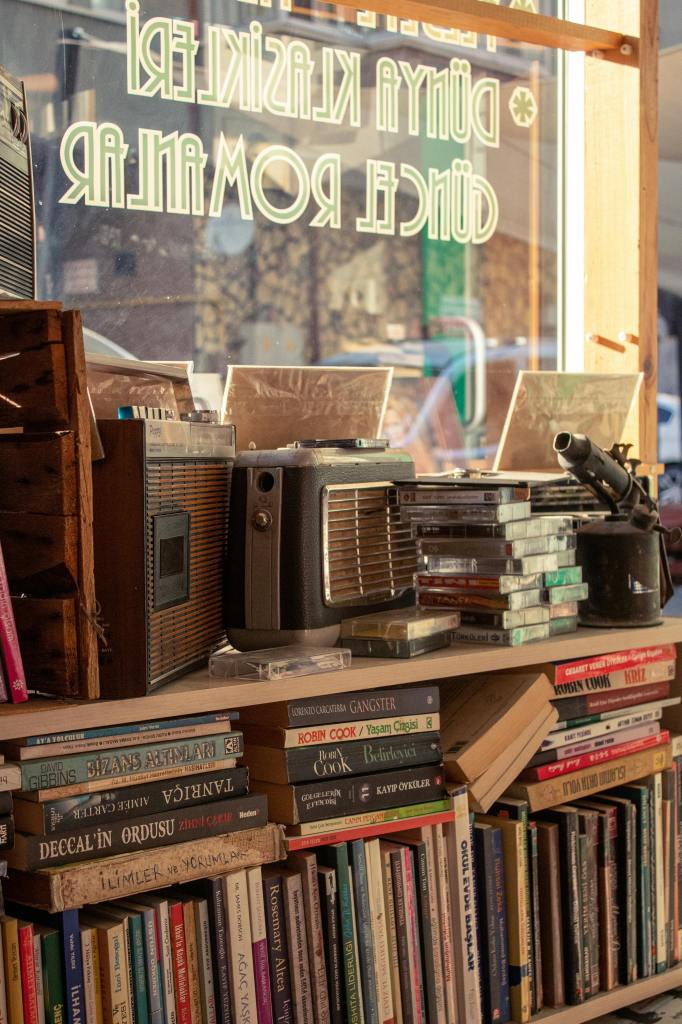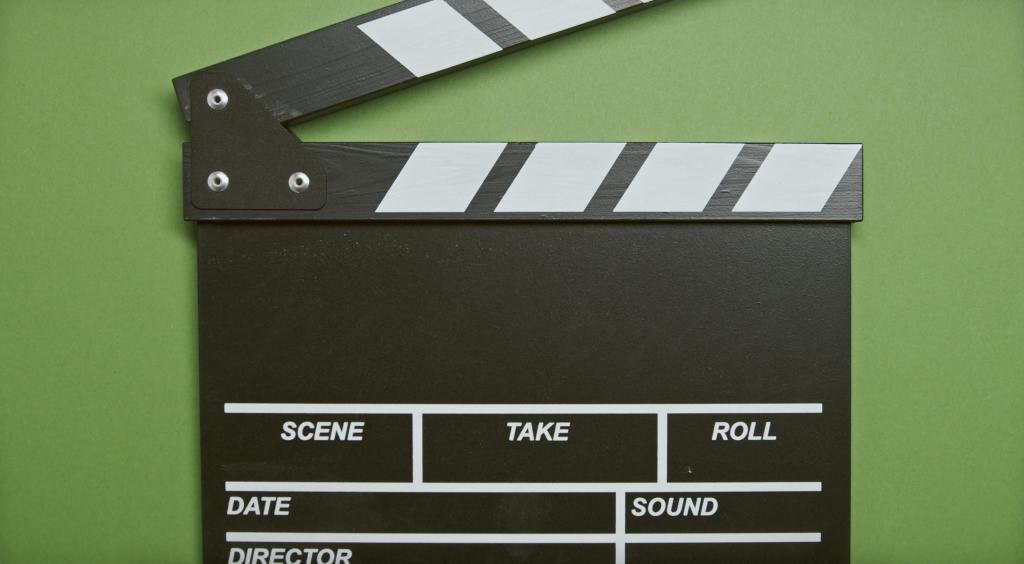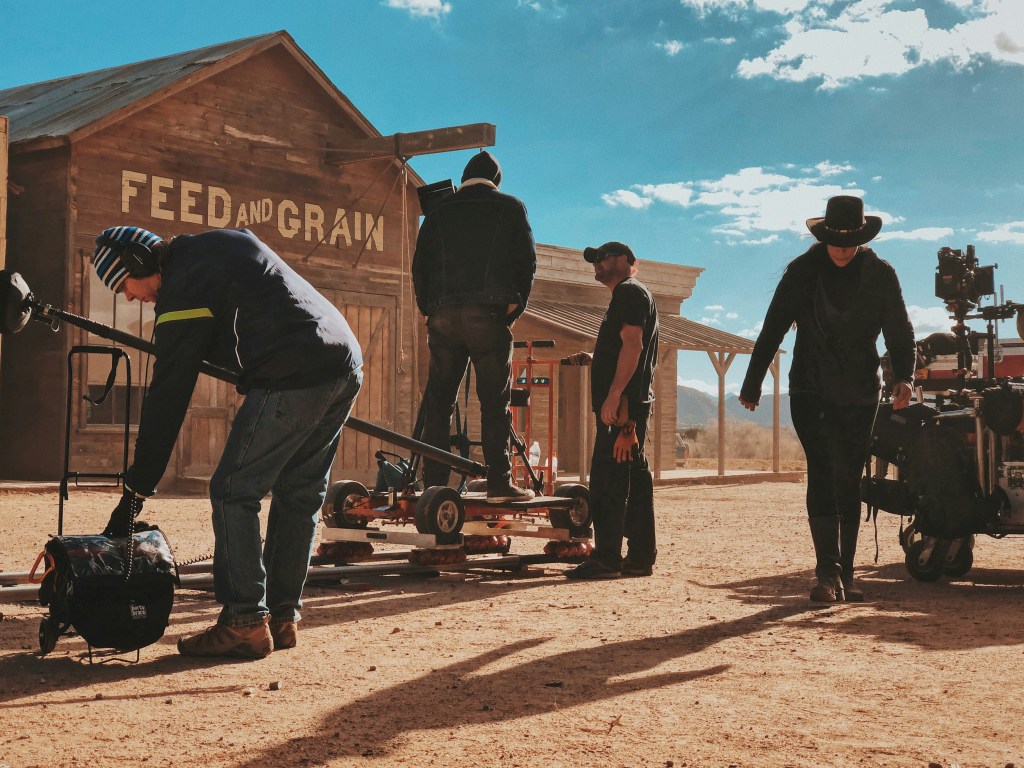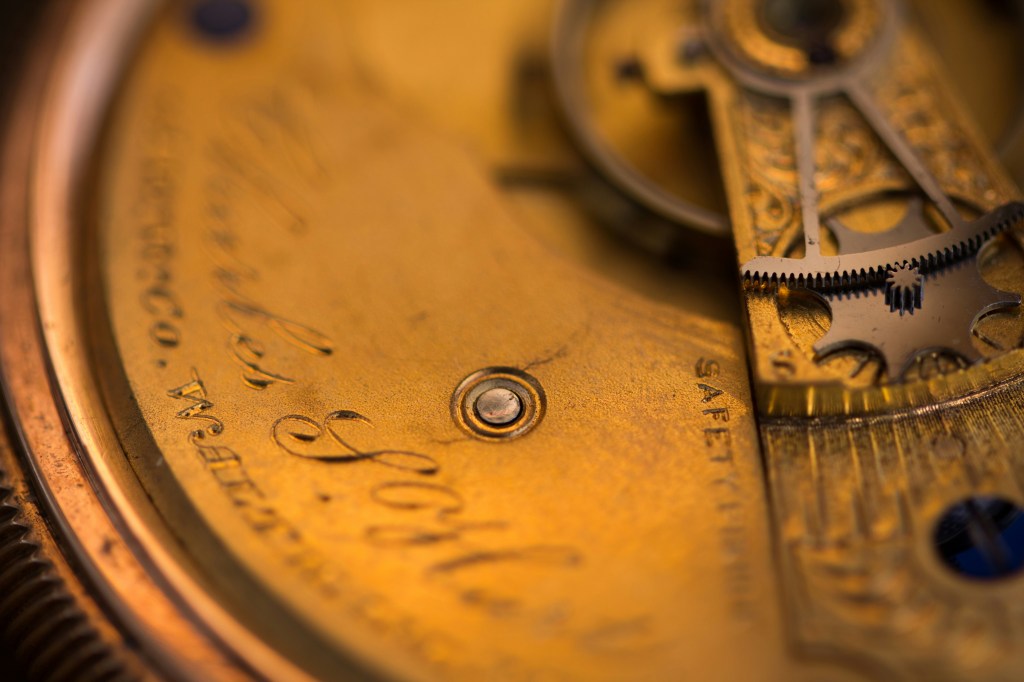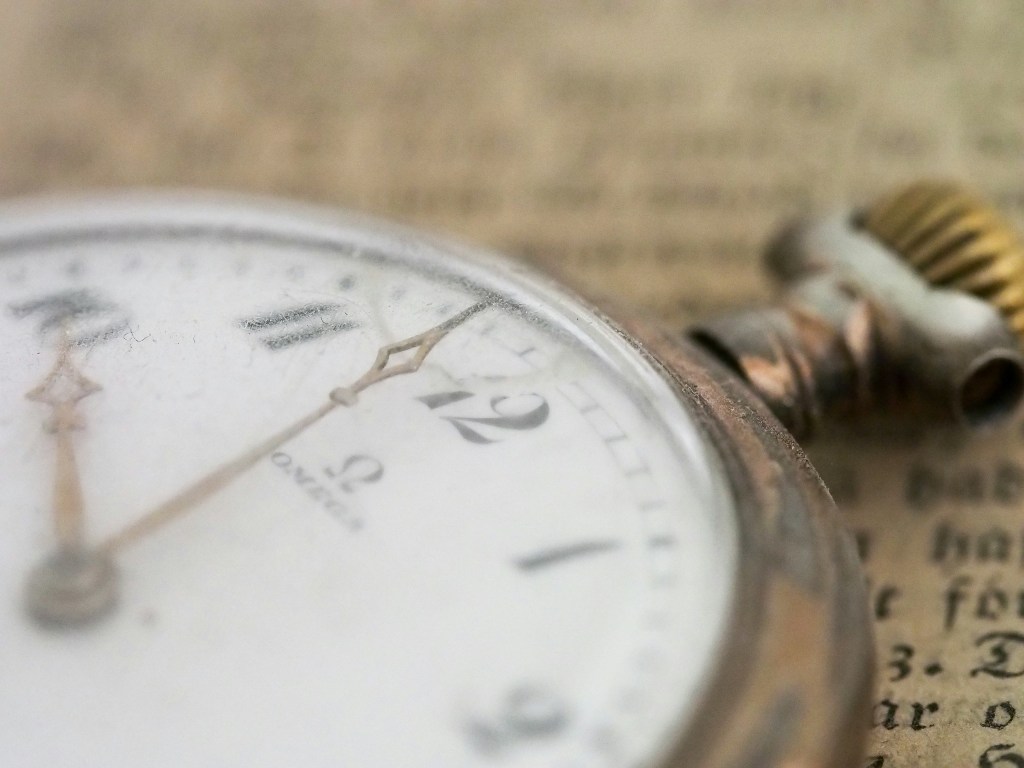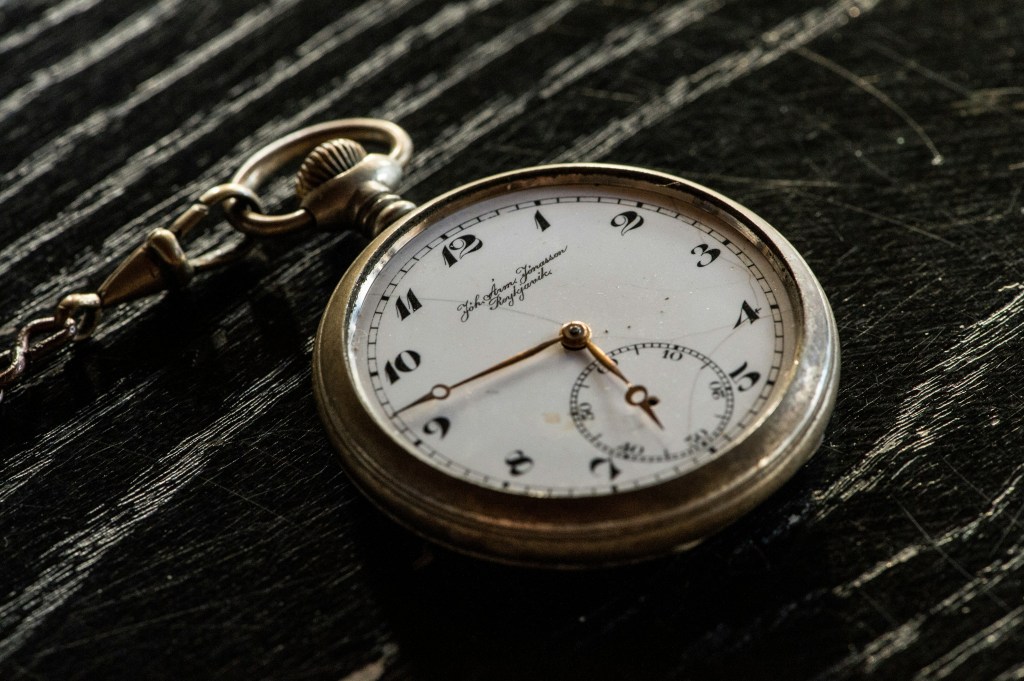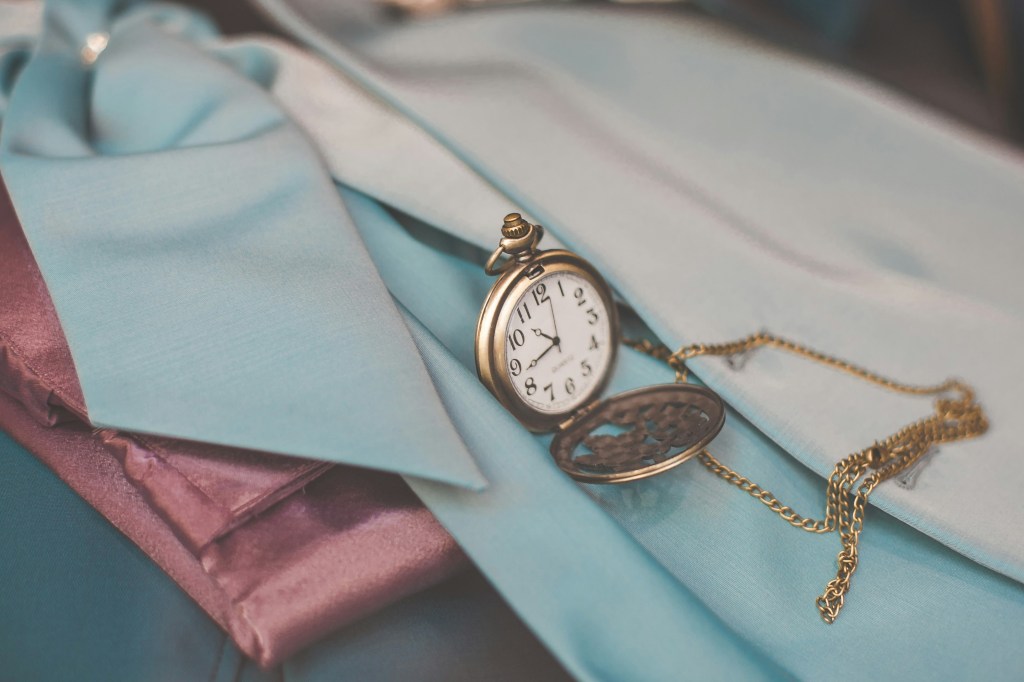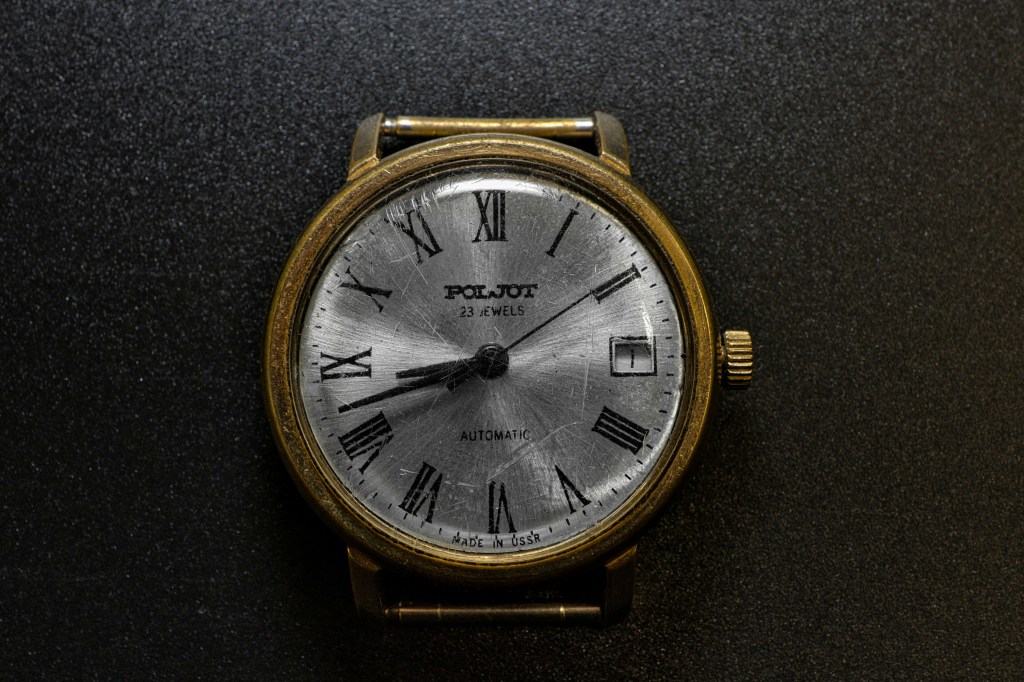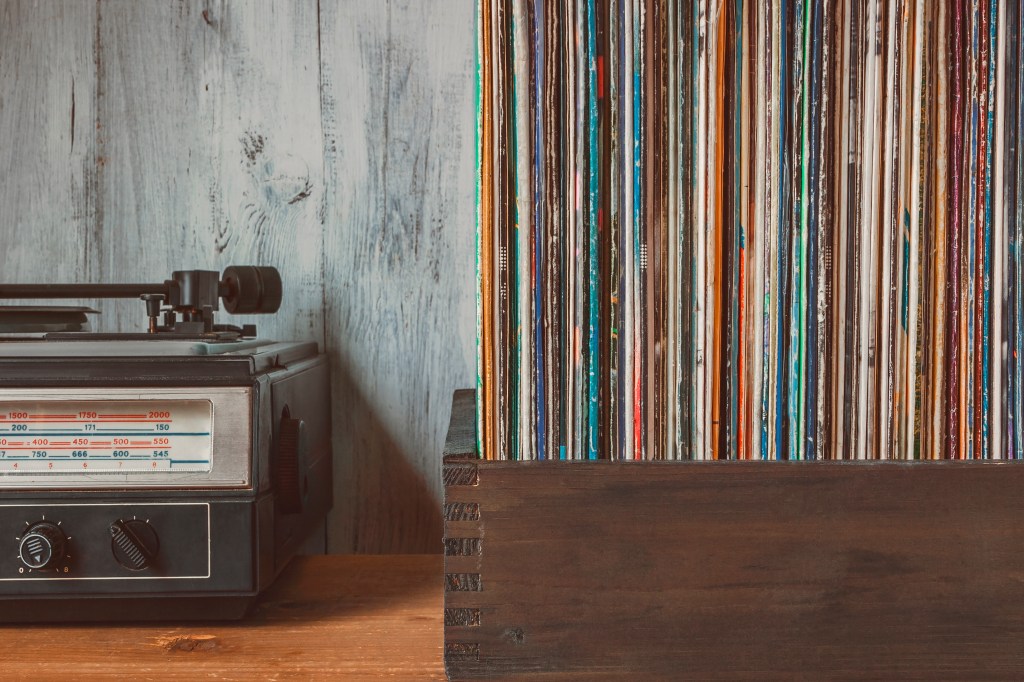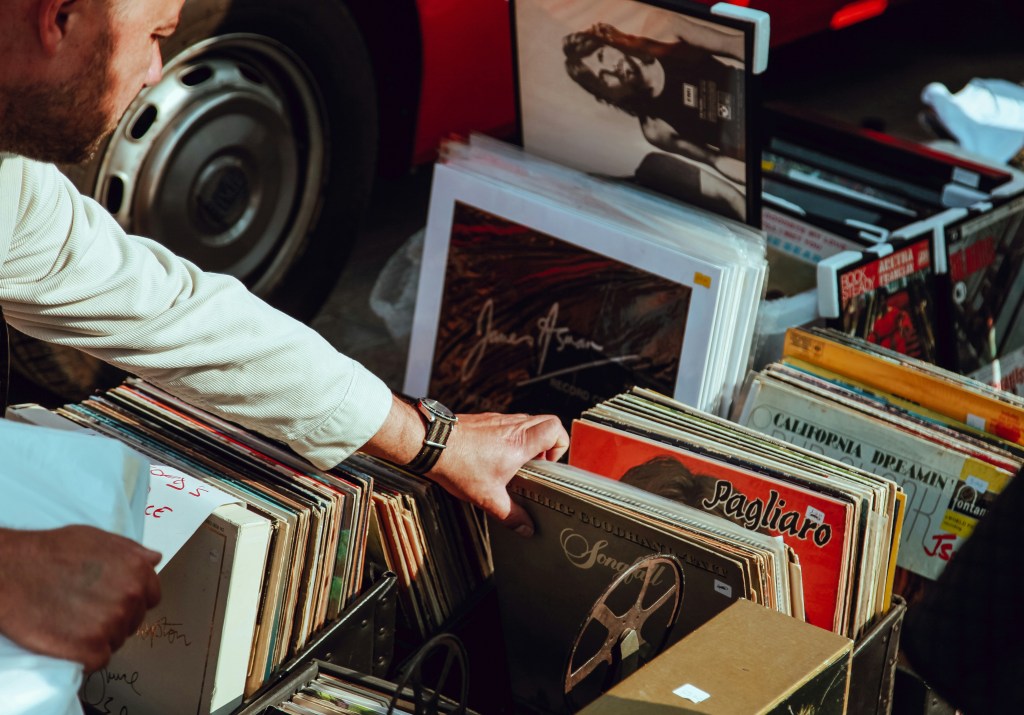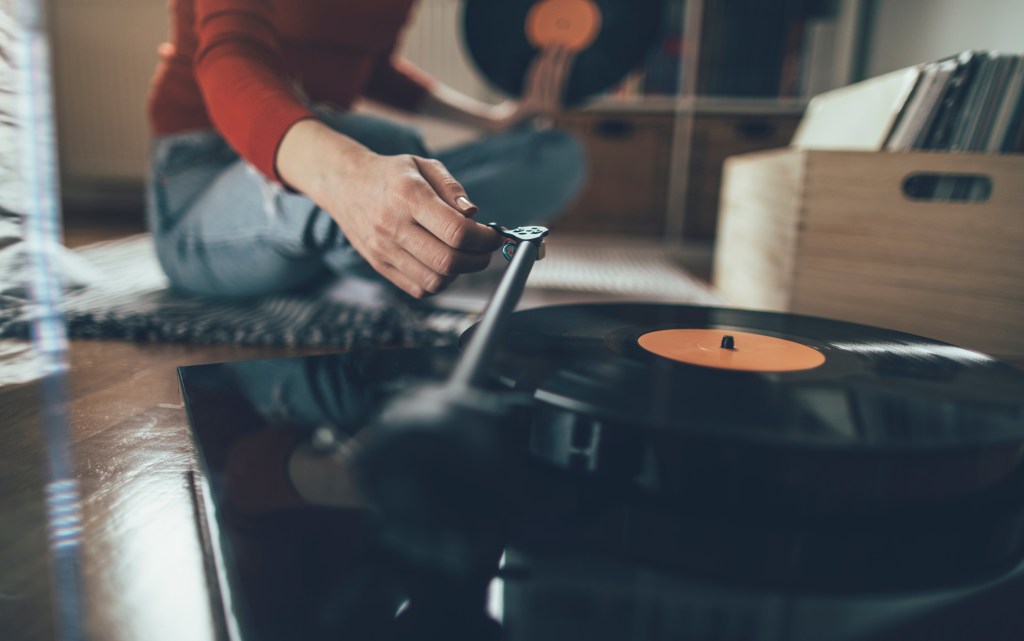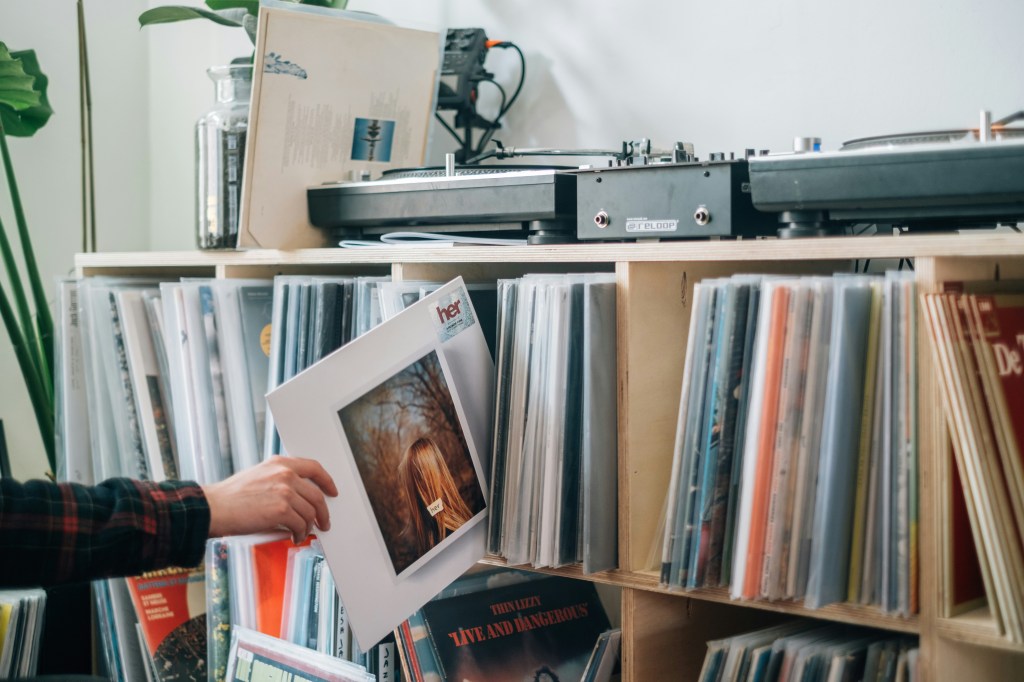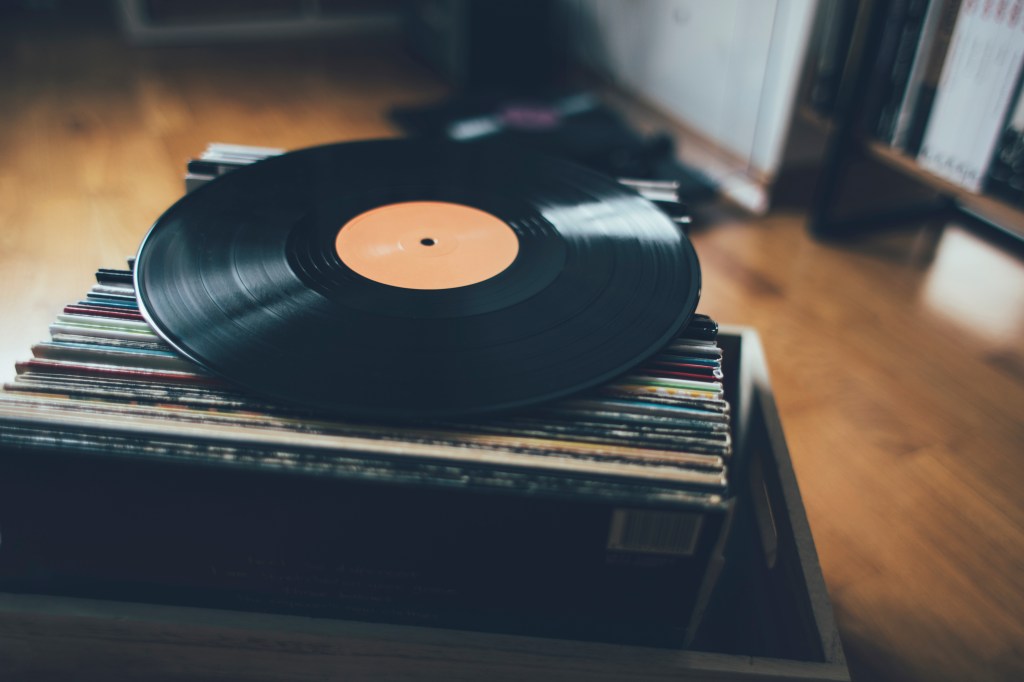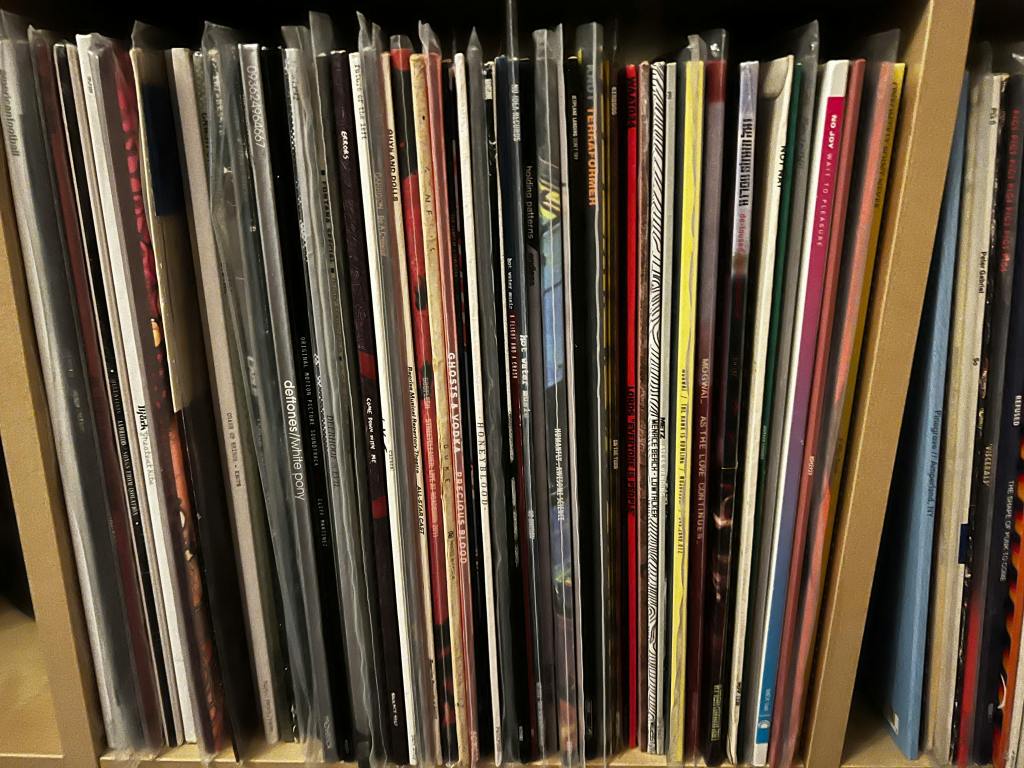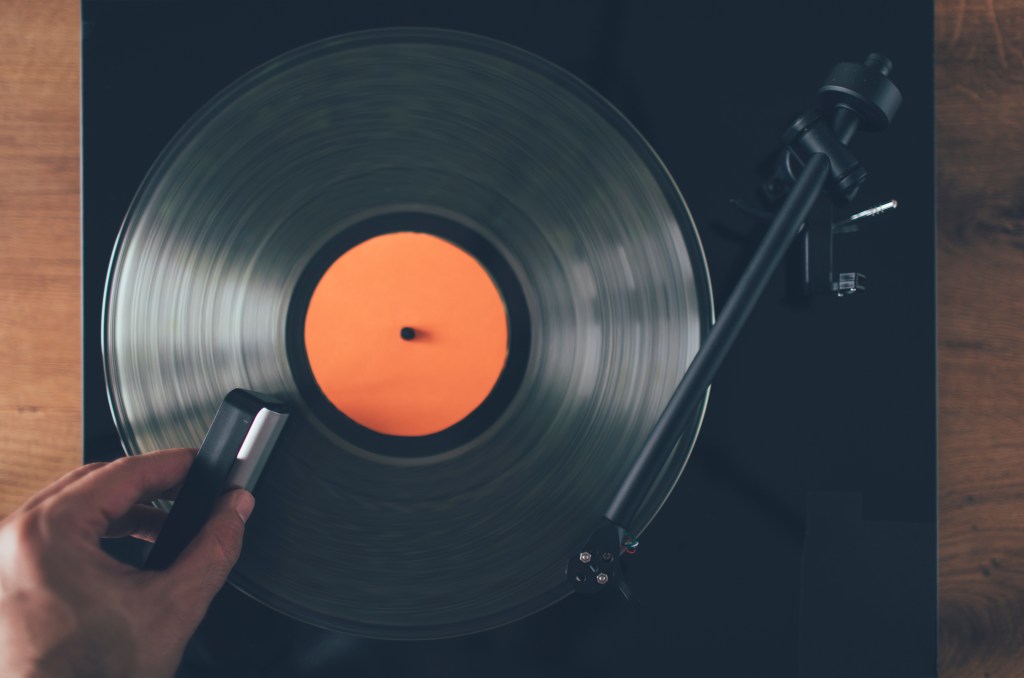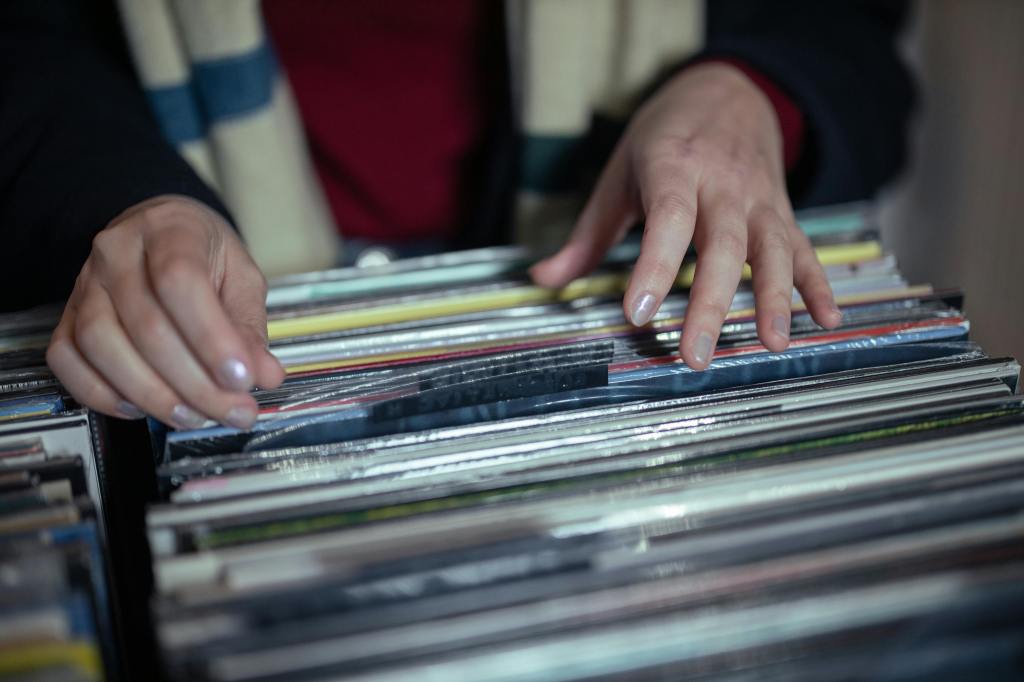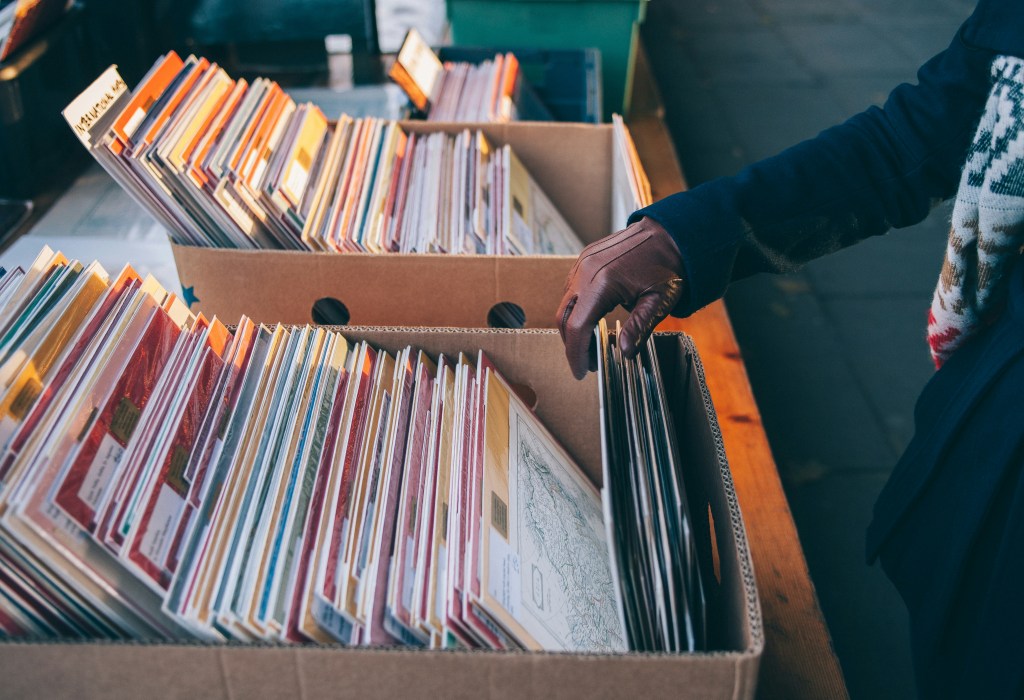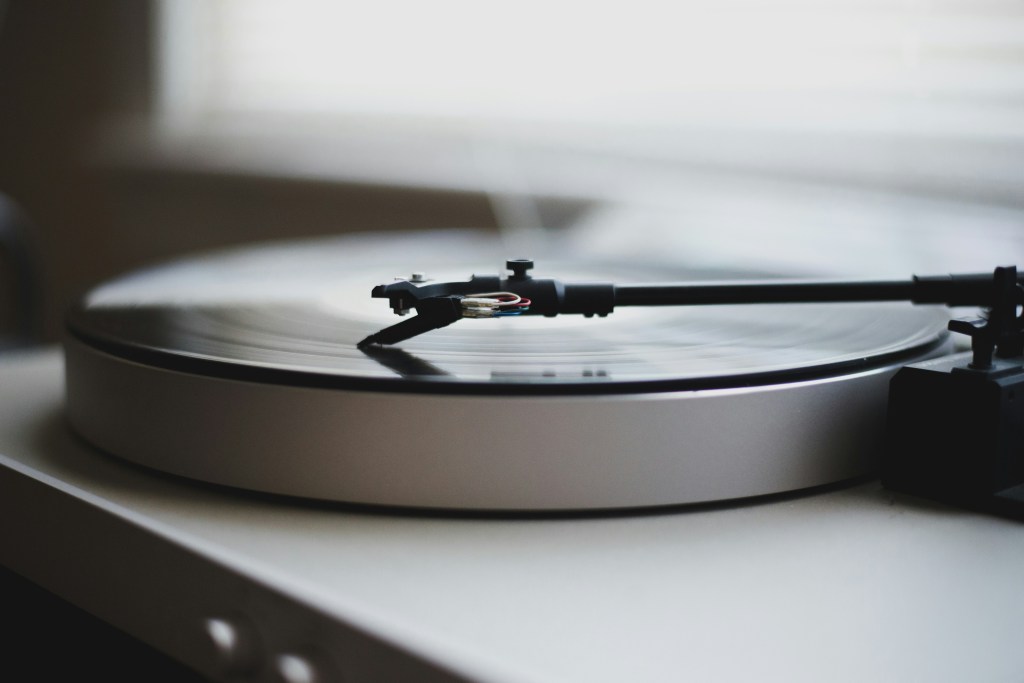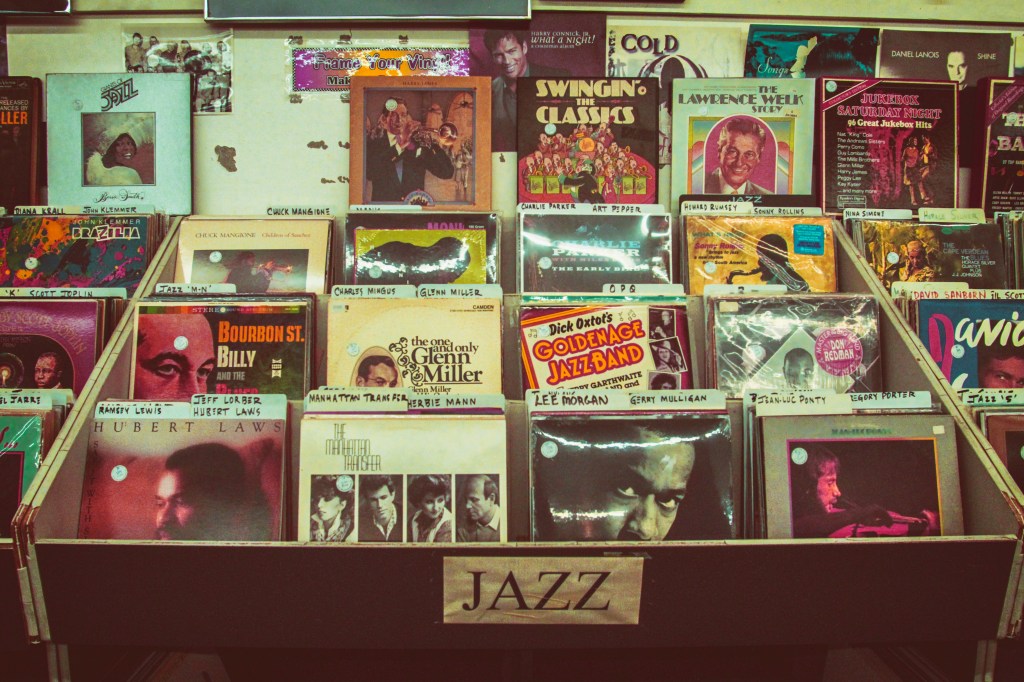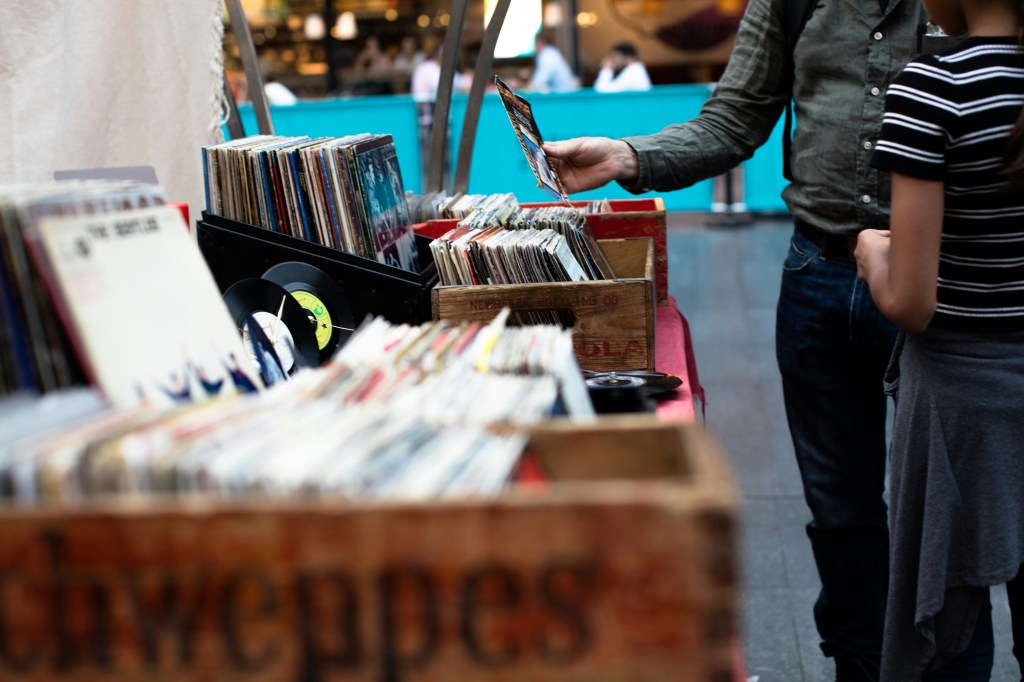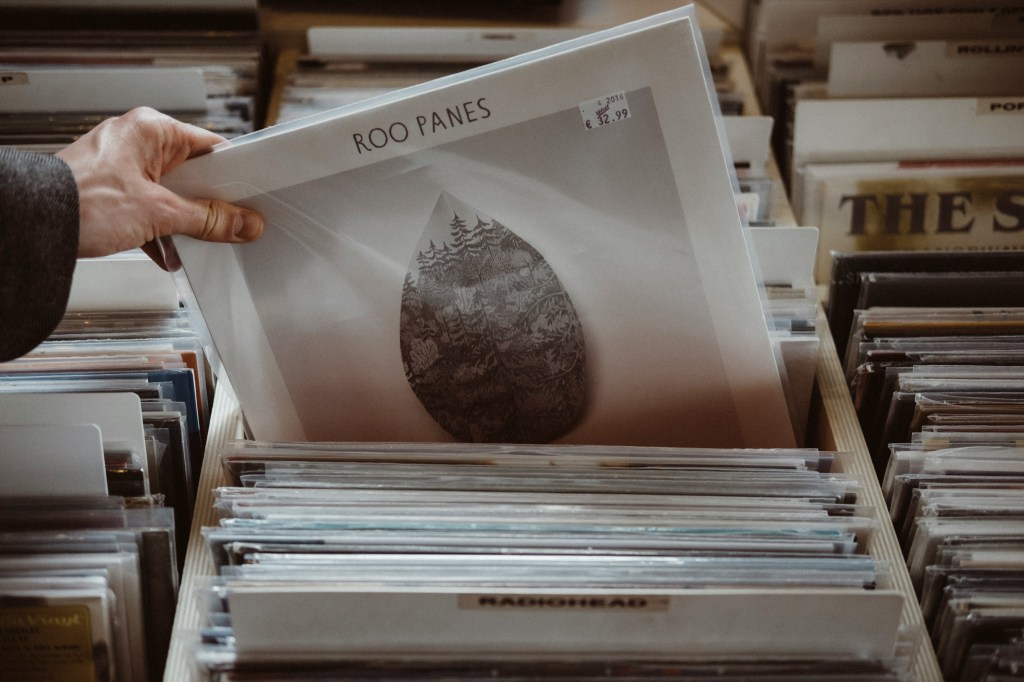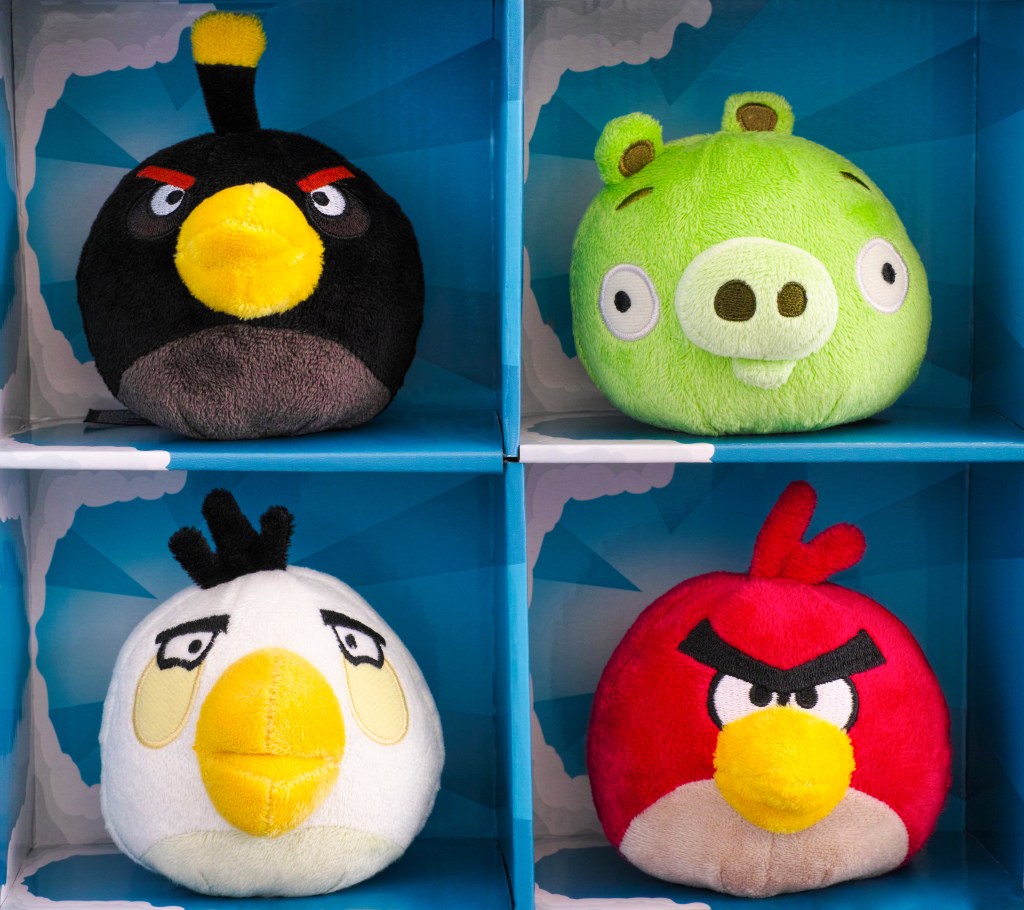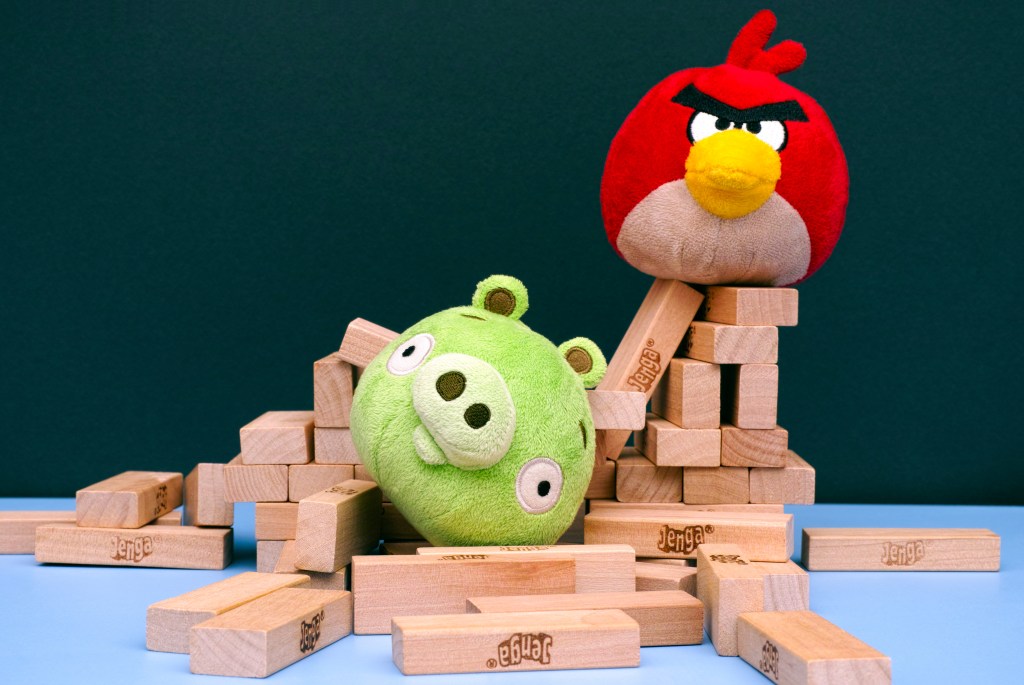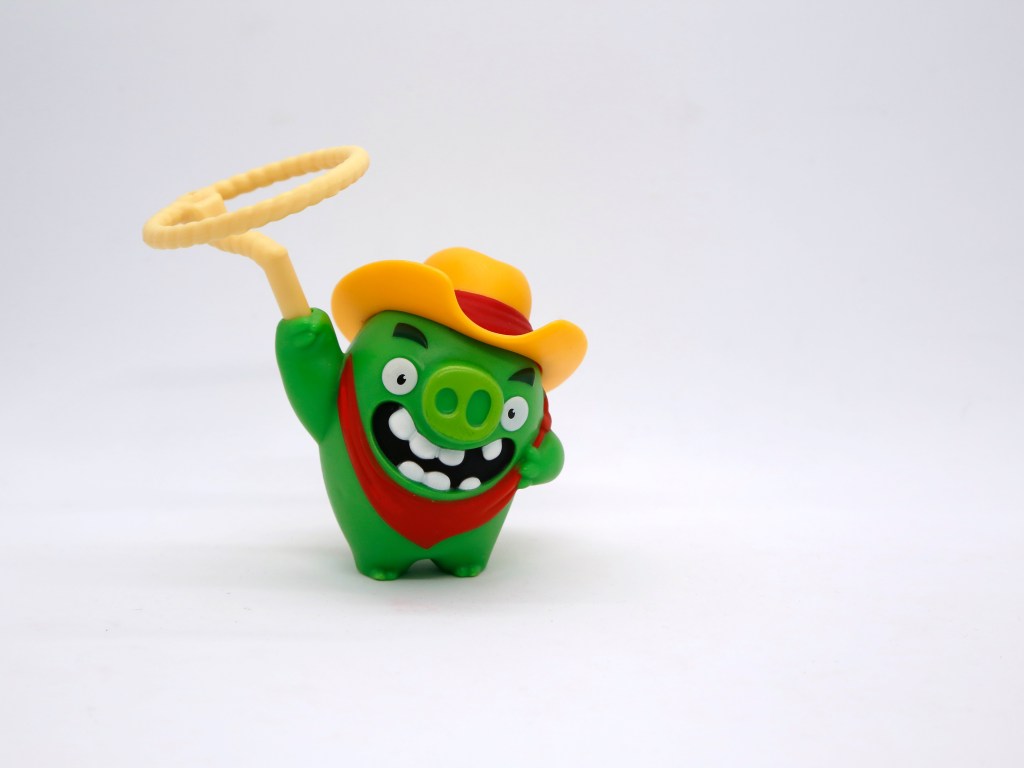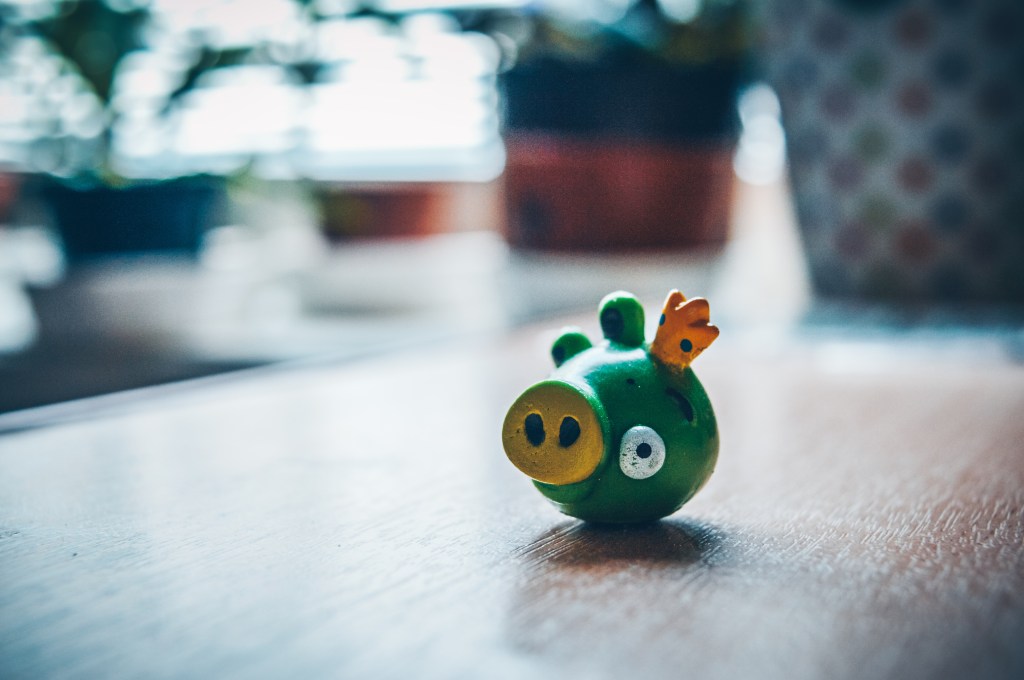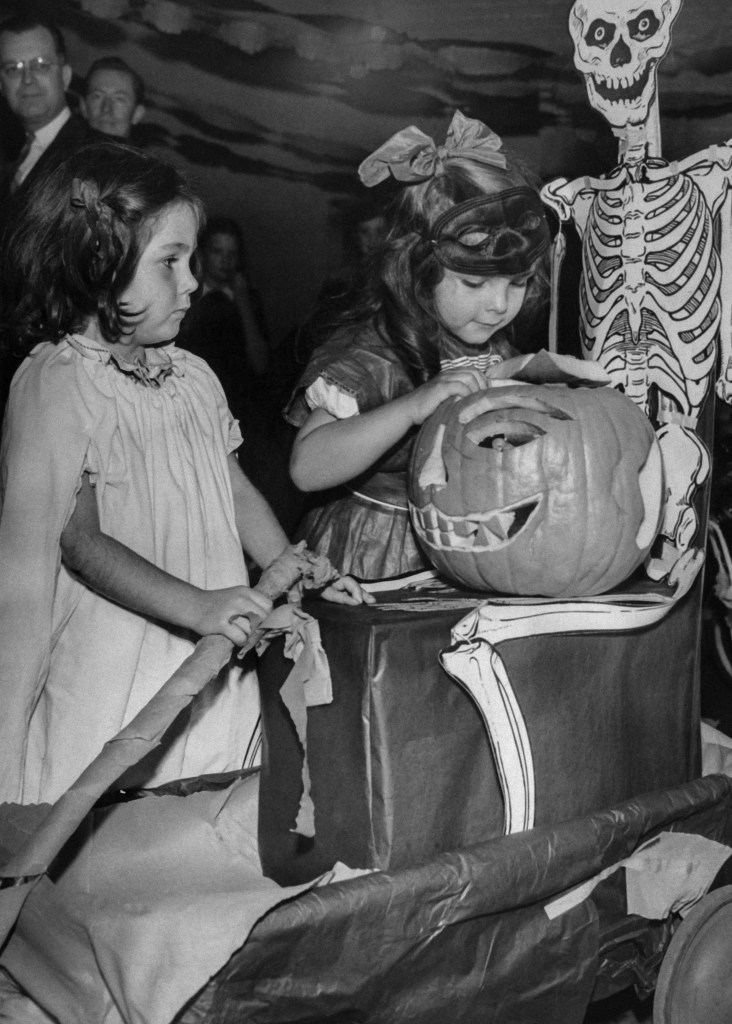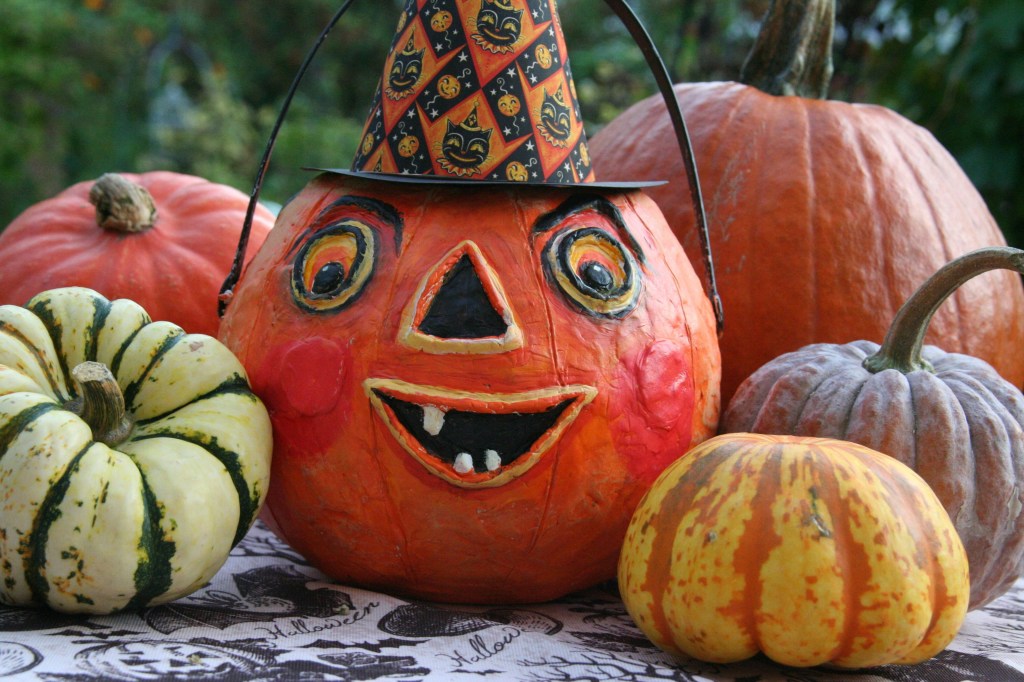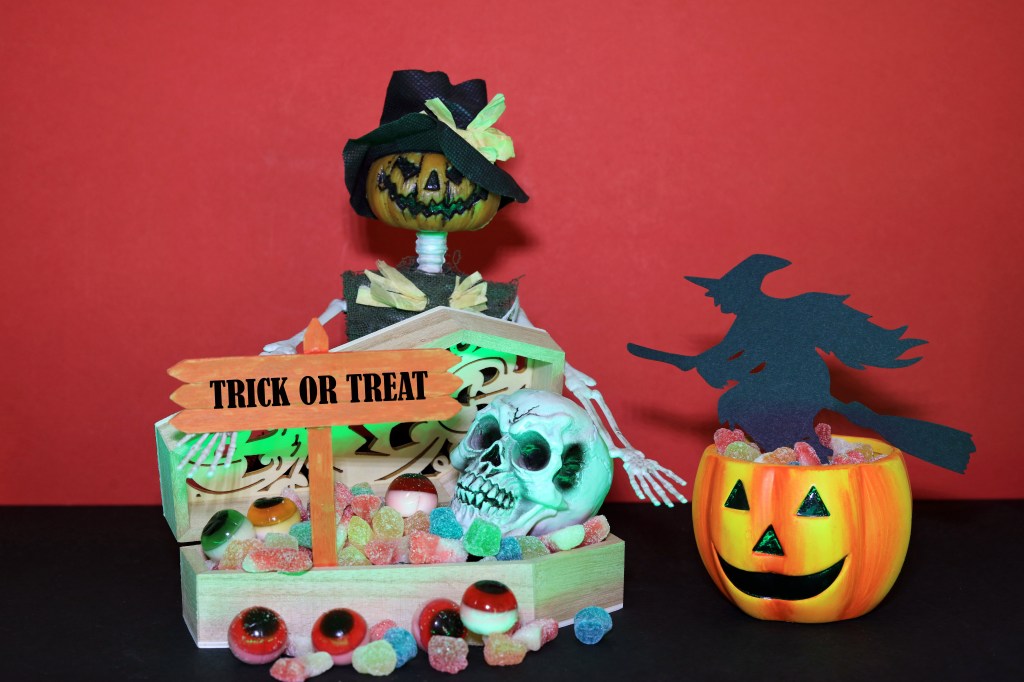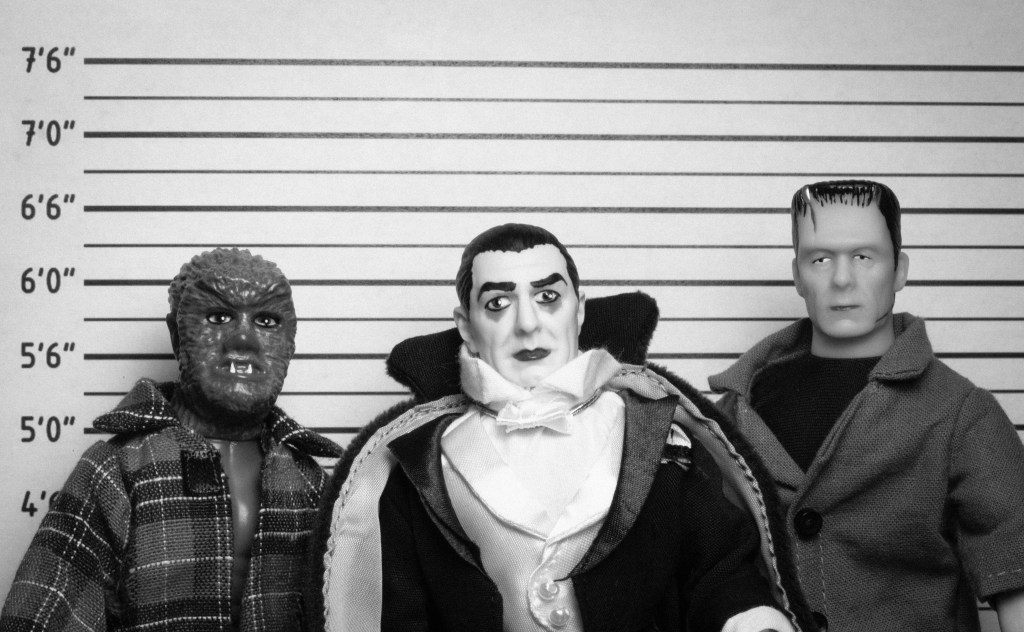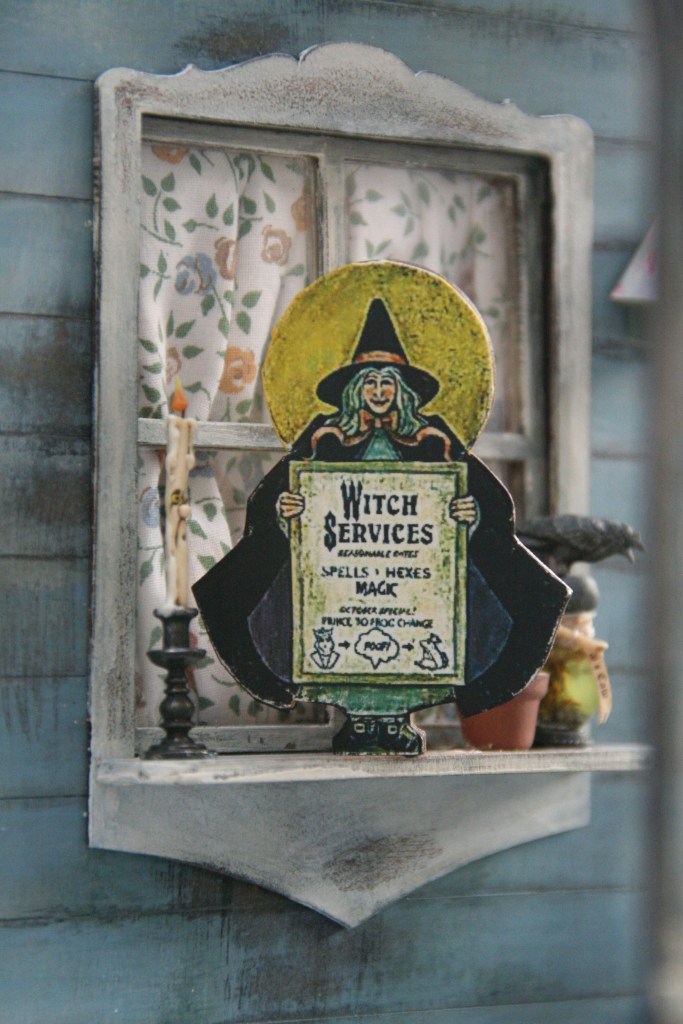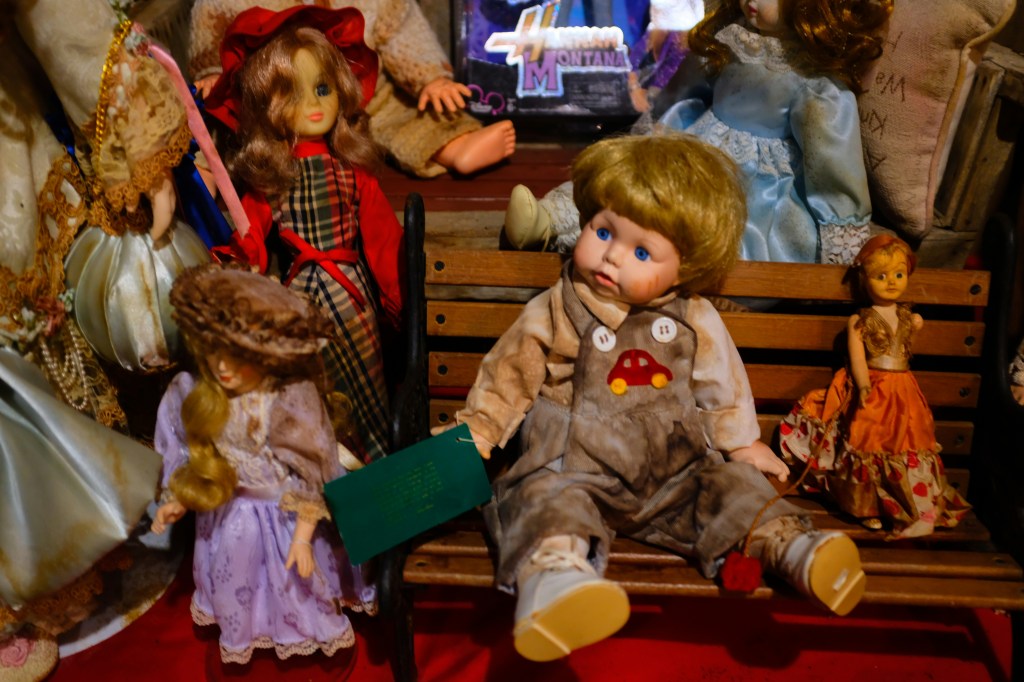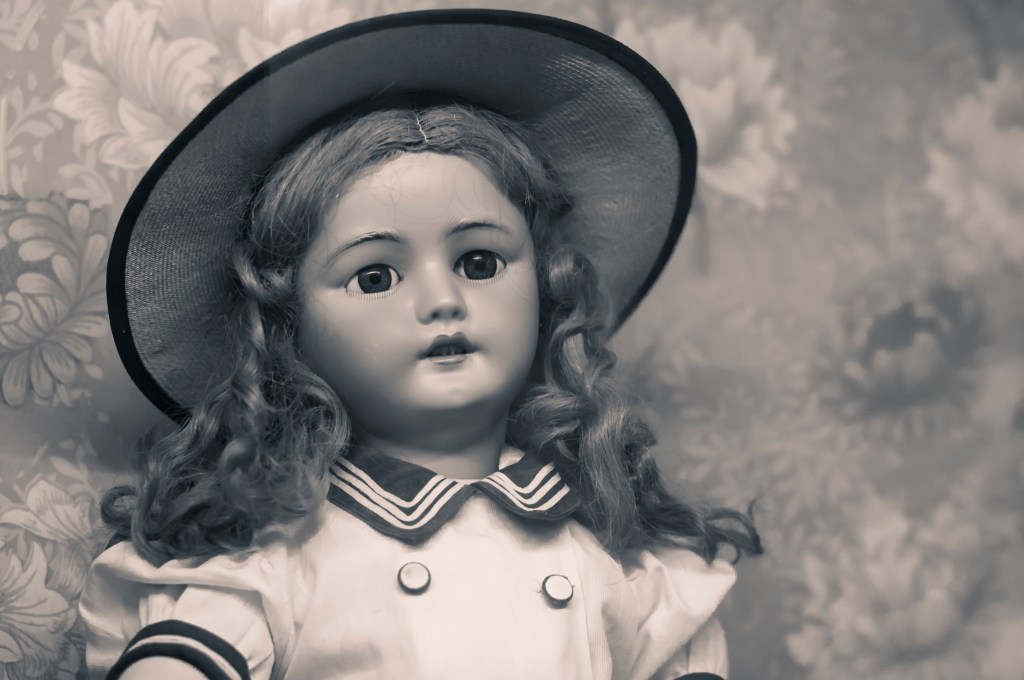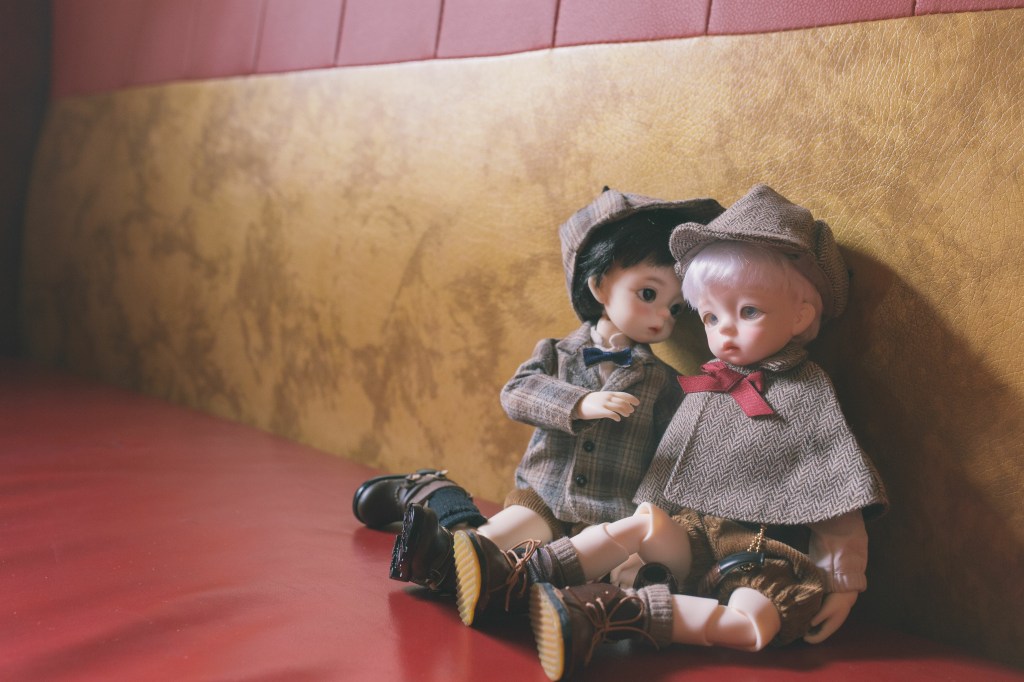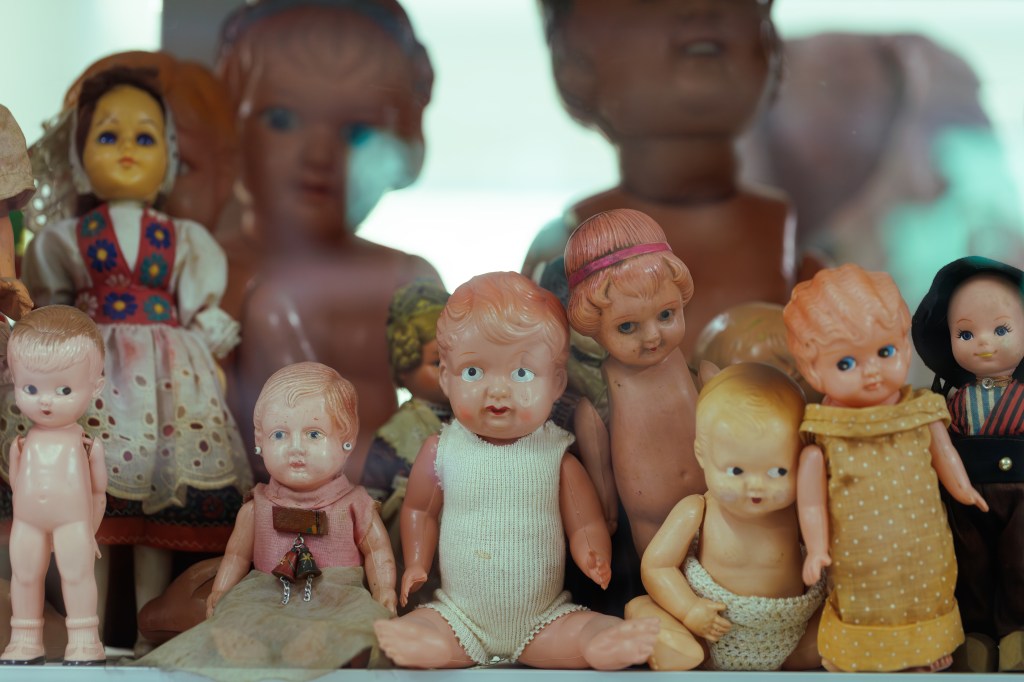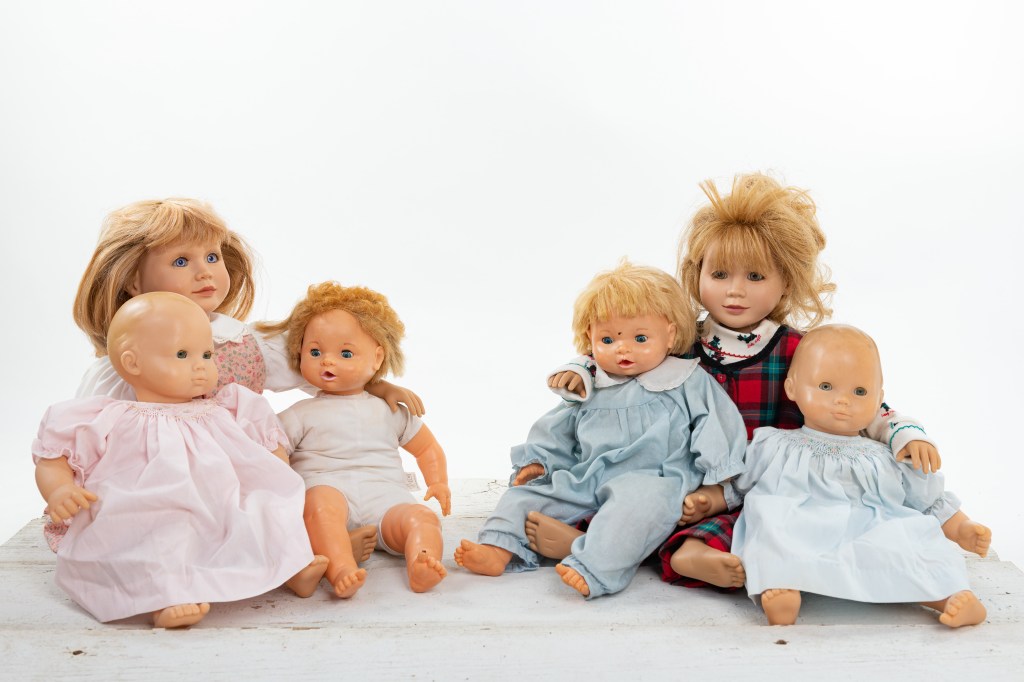Proper storage techniques are essential for anyone looking to preserve the value and condition of their collectibles.
Whether you’re an avid collector of vintage toys, comic books, rare coins, or fine art, properly storing collectibles can significantly impact their longevity and overall worth. We’ll explore various storage methods that protect your treasures from physical damage and maintain their value over time.
Join us as we dive into best practices for collectible storage solutions and learn how to safeguard your prized possessions for years to come.
Packaging Your Collectibles
When it comes to packaging collectibles, choosing the right materials and methods is essential to ensuring their well-preserved condition.
Packing materials
One of the most important factors is using acid-free materials. These materials help ensure that your collectibles remain safe from harmful chemicals that can deteriorate their quality. Options like acid-free paper and boxes and archival-quality storage bags are excellent choices.
Selecting plastic containers that won’t degrade over time or release harmful chemicals is essential. For instance, protective cases and card sleeves specifically designed to shield against dust, scratches, and dirt can provide an extra layer of protection.
Using soft materials during storage is also advisable, especially for fragile items. Acid-free tissue paper, bubble wrap, and crushed velvet can cushion collectibles and prevent them from sustaining any damage. These materials can help absorb shocks and impacts, ensuring that delicate items remain in pristine condition.
Environment
Humidity and sunlight are the primary enemies of preservation. Therefore, you should avoid storing collectibles in areas prone to high humidity, like attics and basements. Make sure you keep them in a dry place and stable temperature levels as extreme temperatures can cause damage.
Furthermore, direct sunlight can cause fading and other damage, making it essential to keep collectibles out of its reach. Opt for opaque containers and store them in dark areas to protect them from ultraviolet rays and minimize potential harm.
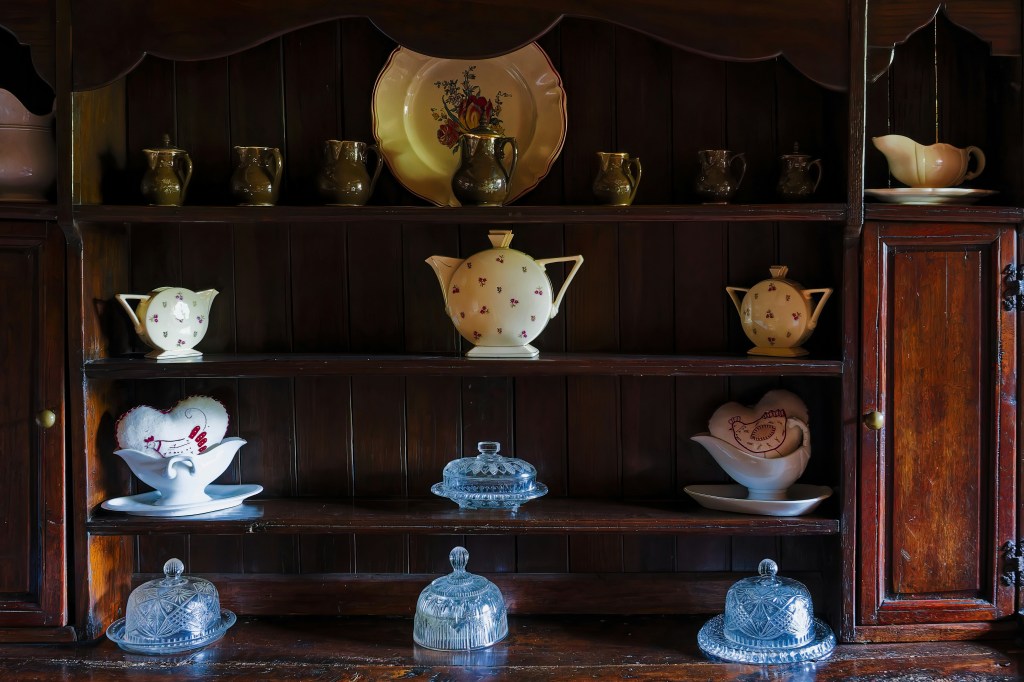
Security Measures for Storage
When it comes to storing valuable collectibles, the security features of a storage facility provide added protection.
Keeping your collectibles safe and protected from theft or damage can provide you with peace of mind. A reliable storage facility is designed to help you keep your collectibles secure while also allowing easy access when needed.
Inventory
One key aspect to consider is inventory management. Many storage facilities offer systems that can assist in tracking your items, ensuring that everything is accounted for and in its proper place.
Climate controlled storage units
Additionally, climate control is crucial for protecting your belongings. Regulating temperature and humidity can prevent damage to sensitive items such as fine art, records, or furniture. That’s why the right storage unit should also be a climate controlled storage unit.
Robust security features
Facilities equipped with fire suppression systems are particularly valuable, as they can alert local fire departments in the event of a fire, adding another layer of protection.
Security features also play a significant role in safeguarding your collectibles. Most facilities are equipped with CCTV and alarm systems, which help monitor the premises continuously.
On-site staff are often present to ensure security protocols are followed. Identity verification is typically required for entry, and individuals are usually accompanied by a supervisor while accessing the storage area.

Organizational Strategies
When it comes to organizing collectibles within a storage unit, the goal is to ensure easy access while minimizing handling. This approach not only helps preserve the items but also makes retrieval convenient. Let’s discover tips for various types of collectibles.
Comic books
Individual acid-free plastic sleeves with cardboard backing are essential to prevent damage to vintage comic books. Store them vertically in boxes specifically designed for comics to maintain their shape and condition. Keeping the humidity stable is crucial; low humidity can cause pages to crack, while high humidity might bend them.
Trading and sports cards
Consider using card storage boxes or individual sleeves when storing trading cards and sports cards. Alternatively, a sheet sleeve kept in an acid-free binder works well too. Always store these items in a plastic container and avoid placing them directly on the floor; instead, use a storage shelf. Maintaining appropriate humidity levels is vital, as fluctuations can lead to warping over time.
Barbie dolls, action figures, and plush toys
The best practice for toys is to keep them in their original packaging or box to maintain mint condition. Be cautious about storing plastic toys alongside plush toys, as this can lead to damage. Stuffed animals should be kept in acid-free boxes that allow for airflow, ensuring they remain in good shape.
Vinyl records, CDs, and DVDs
It’s important to protect records, CDs, and DVDs from dust. Use polyurethane sleeves for records and keep CDs and DVDs in their original cases. If you no longer have the original cases for your CDs or DVDs, you can place them in plastic sleeves within a binder. Storing these items vertically is also recommended to prevent warping.
If you’d like to learn more effective strategies for preserving and storing your vinyl records, be sure to explore our other blog post, “Top Tips for Building and Protecting Your Vinyl Record Collection.”

Regular Inspection and Maintenance
Regular visits are essential for preventing deterioration when using a self-storage unit.
Your collectibles need attention to ensure they remain in good condition. Carving out time to routinely check on these items is crucial, as maintenance checks can help identify any potential issues before they escalate.
When inspecting your collectibles, pay close attention to factors such as pests, humidity, and any signs of damage. Faults in climate control can be particularly detrimental, so it’s important to ensure that the environment in which your items are stored is appropriate.
Whether you’re using short-term storage or long-term storage, consistency is vital to safeguarding your collectibles for the future. By staying vigilant, you can help preserve the integrity of your collectible items.
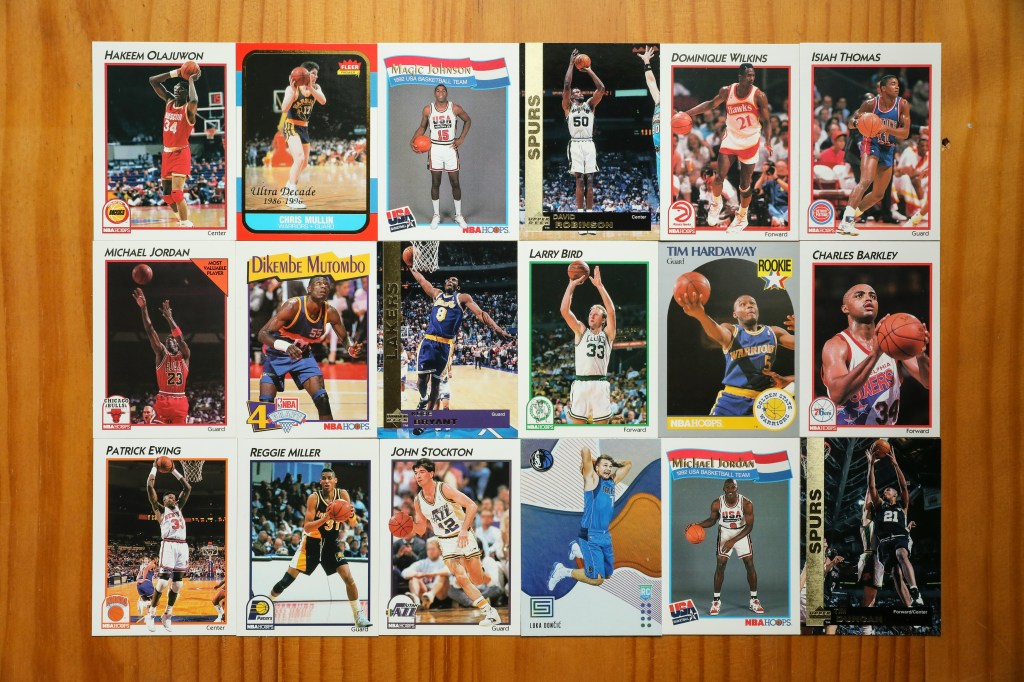
Selecting the Right Storage Facility
When selecting a storage facility for serious collectors, it’s crucial to prioritize climate control and unit size options. Collectibles can be sensitive to temperature and humidity fluctuations, so ensuring that the facility offers climate-controlled units is key. This will protect your valuable items from potential damage over time.
Additionally, it is important to do your homework by reading reviews of various storage facilities. This can provide insights into customer experiences and help you gauge the reliability of each option. Setting a budget is also essential; knowing how much you can afford will streamline your search and prevent overspending.
Finally, take the time to shop around and explore different facilities. Compare the features and prices to find a location that best fits your needs. Pay close attention to the storage unit size you require—it’s best to select a space that accommodates your collection without paying for extra room. A careful selection process will ensure you pick the right storage unit for your collection.
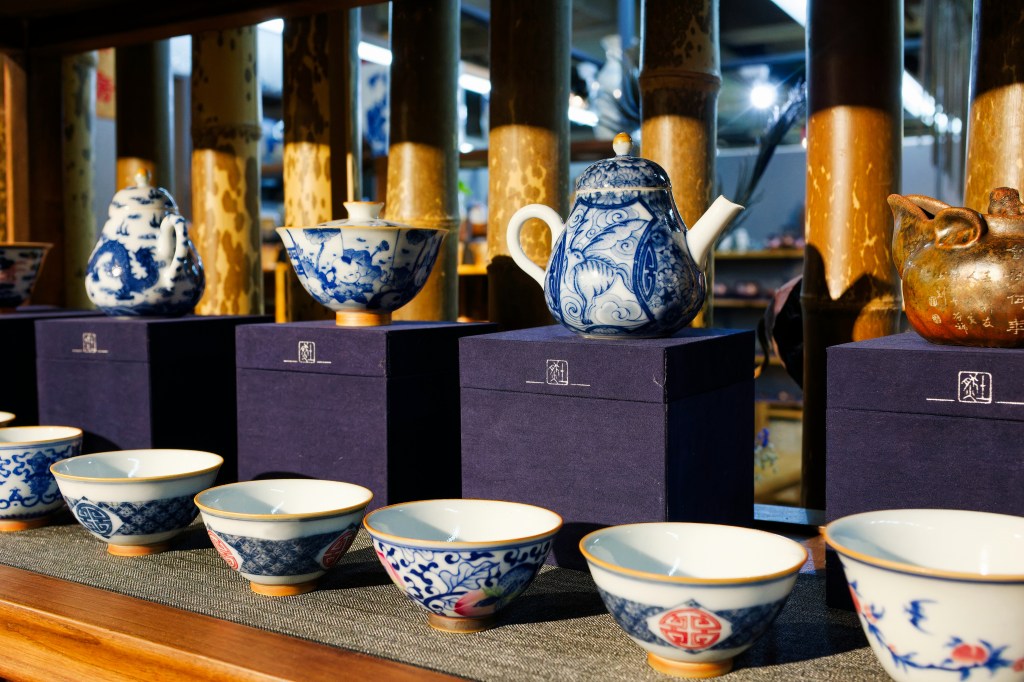
Conclusion
For any collector, investing in quality storage solutions is essential for preserving the integrity and longevity of treasured items. Proper storage safeguards against environmental damage, like moisture or sunlight, and prevents wear and tear from handling.
By choosing appropriate containers, display cases, and protective materials, collectors can ensure that their valuable possessions remain in excellent condition for years to come.
Sources
https://yellowheadstorage.ca/blog/your-guide-to-organizing-collectibles-in-a-storage-unit/
https://www.diamondbministorage.com/
https://distinguished.com/storage-for-collectibles/
https://www.americasantiquemall.com/post/the-best-ways-to-store-your-collectibles
https://www.extraspace.com/blog/self-storage/protecting-collectibles-keepsakes-in-storage/
https://www.storespace.com/tips-advice/storage/tips/how-to-store-collectibles
https://www.storagecafe.com/blog/a-guide-to-storing-collectibles/
https://mystorage.ca/expert-tips-for-storing-collectibles
